Chess, a strategic board game, has been captivating the minds of people around the world for centuries. Known for its complexity and intellectual rigor, chess is more than just a pastime; it is a battle of wits, strategy, and long-term planning. This article explores the rudiments of chess, including its history, basic rules, and the fundamental techniques players employ to gain superiority over their opponents.
History of Chess
Chess originated in India around the 6th century AD, known originally as Chaturanga. It was a game that represented four divisions of the military — infantry, cavalry, elephantry, and chariotry — which are now represented by the pawn, knight, bishop, and rook, respectively. The game spread to Persia, where it was renamed Shatranj, and eventually reached Europe through the Moorish invasion of Spain and the expansion of trade routes in the Middle Ages.
Basic Rules and Setup of Chess
The chess board consists of 64 squares, arranged in an 8x8 grid, alternately colored light and dark. Each player begins with 16 pieces: eight pawns, two knights, two bishops, two rooks, one queen, and one king. The main objective is to checkmate the opponent's king, where he is put under immediate threat of capture (check) and there is no way to remove or defend it from attack.
The game starts with the pieces set up in identical positions on opposite ends of the board. The rooks are placed on the outermost corners, followed inwardly by the knights then the bishops. The queen is placed on the remaining square matching her color (white queen on white square, black queen on black square), and the king occupies the remaining square next to her.
Each type of piece moves in a specific way. Pawns can move forward one square, but capture diagonally. Knights move in an 'L' shape: two squares in one direction and then one more square at a 90-degree angle. Rooks can move any number of squares along a row or column. Bishops can move any number of squares diagonally. The queen combines the power of the rook and bishop and can move any number of squares along a column, row or diagonal. The king moves one square in any direction.
Phases of the Game
Chess games can typically be divided into three phases: the opening, the middlegame, and the endgame.
Opening
The opening is the initial phase where players develop their pieces from their original positions. Effective openings prepare the ground for future operations. Players work to control the center of the board, develop their knights and bishops, safeguard their king through castling, and maintain a strong pawn structure.
Middlegame
This phase starts when most pieces have been developed. Here, players strive to weaken the opponent's defenses and build up positions for a potential attack on the king. The middlegame is dynamic and complex, often determining the direction of the game.
Endgame
The endgame begins when few pieces are left on the board. Pawns become more important, and the strategy usually revolves around promoting a pawn to a queen. King safety remains a paramount concern, but the king also becomes an aggressive piece in this phase.
Common Chess Strategies and Tactics
Chess strategy involves setting and achieving long-term positioning advantages during the game — the overall game plan. Tactics involve short-term maneuvers to seize immediate benefits or to solve specific problems as they arise. Some common strategies are controlling the center, piece development, and pawn structure optimization. As for tactics, they include forks, where a single piece attacks two or more enemy pieces at once; pins, where a piece is immobilized lest it move and expose a more valuable piece; and skewers, similar to pins but where a more valuable piece is attacked and moving it exposes a less valuable piece.
In conclusion, chess is a deeply strategic and complex game that requires a mixture of tactical prowess and long-term planning. Whether you're a beginner looking to understand the basics or an experienced player aiming to sharpen your skills, mastering chess can be a rewarding pursuit that showcases the beauty and intellectual depth of this timeless game.
Explore our large collection of luxurious chess sets!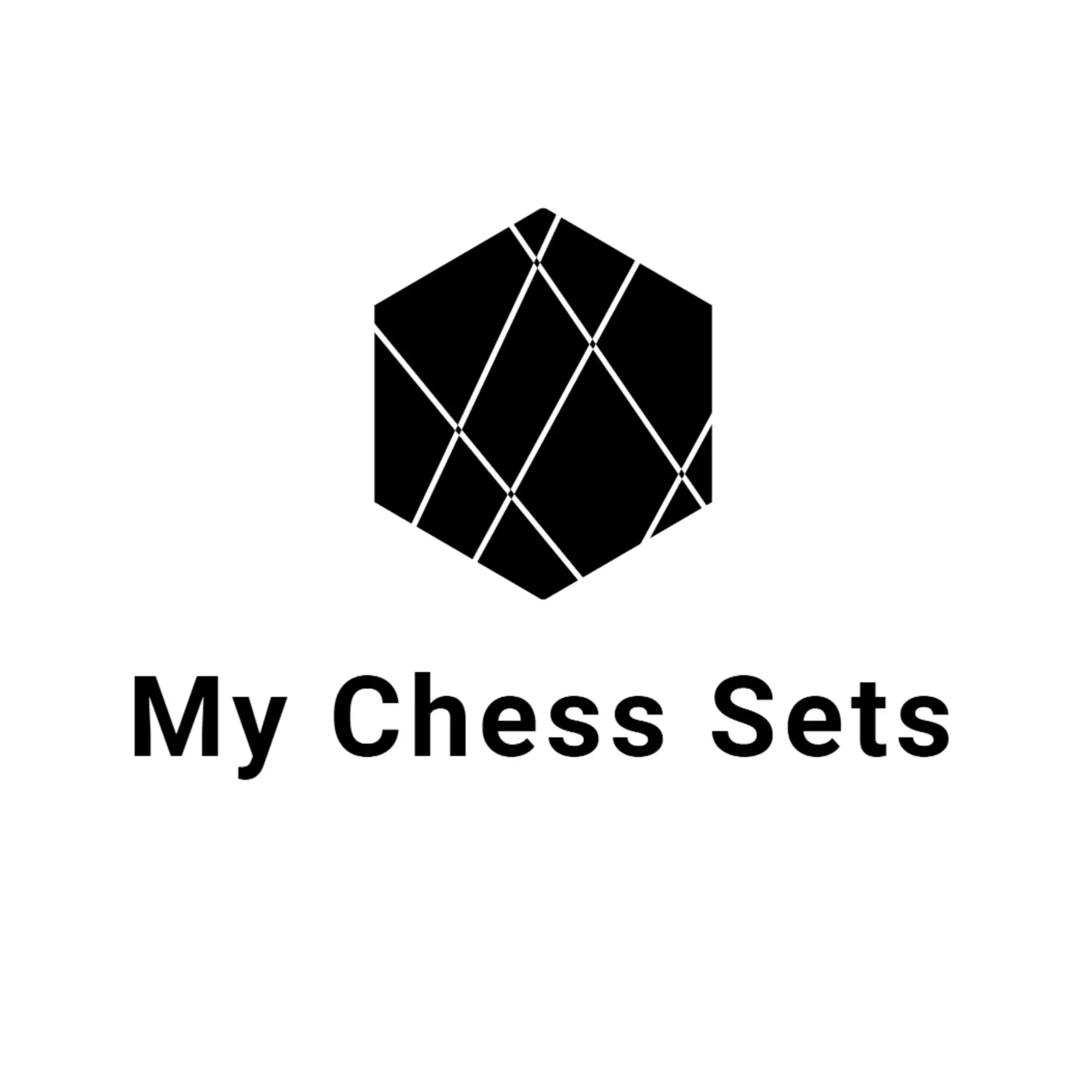
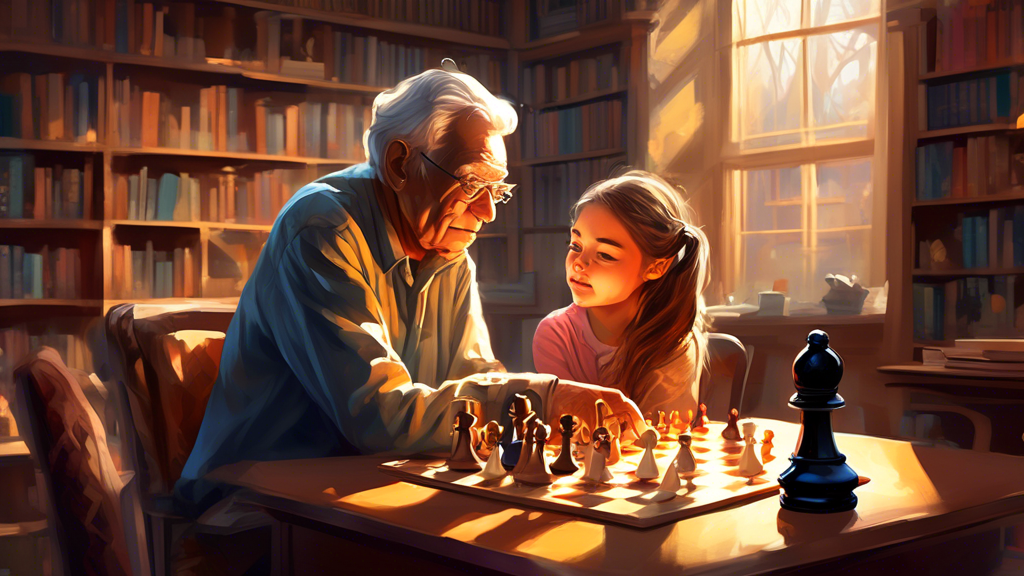
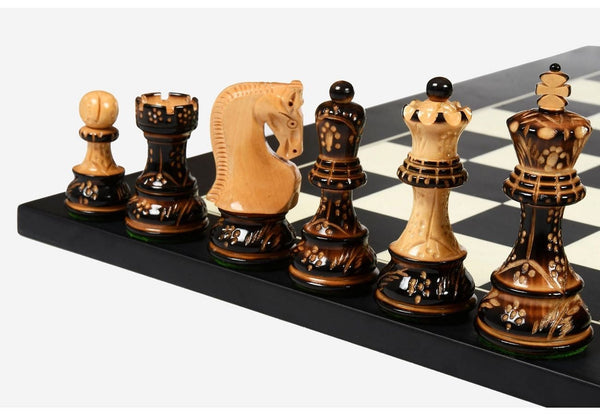

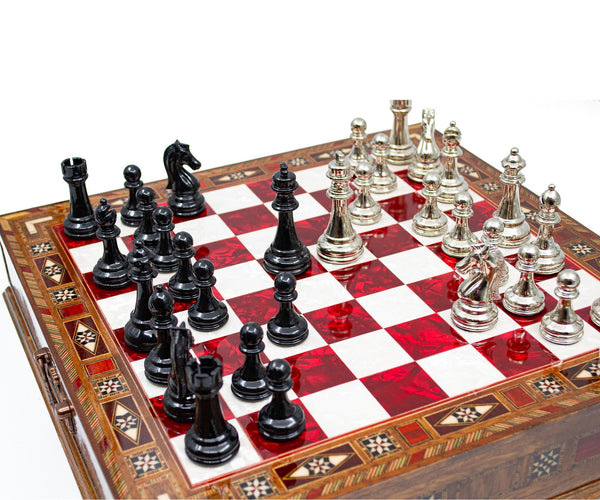
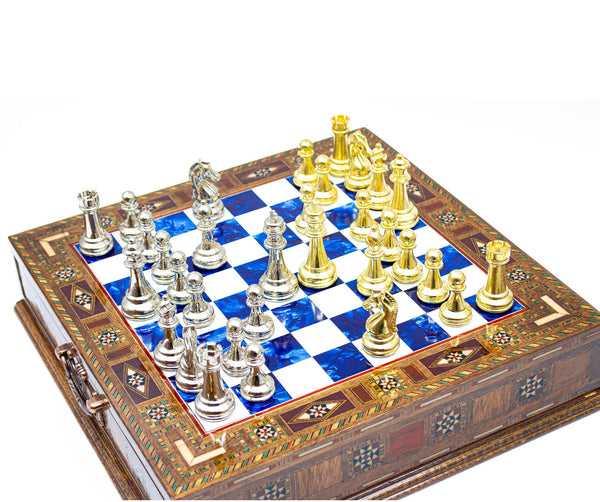
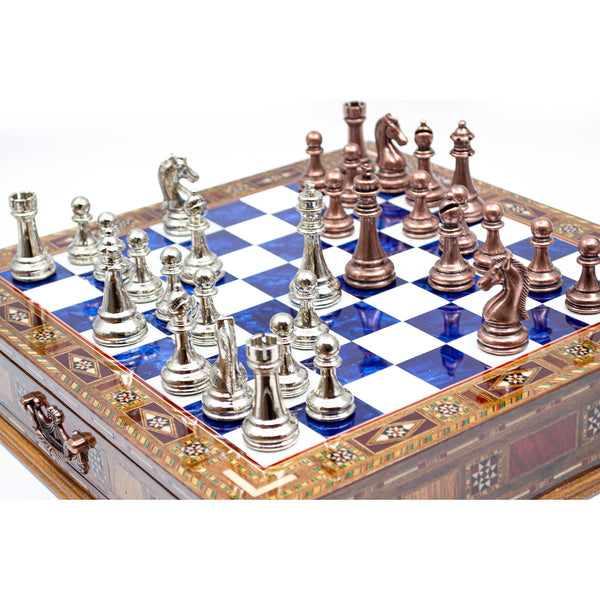
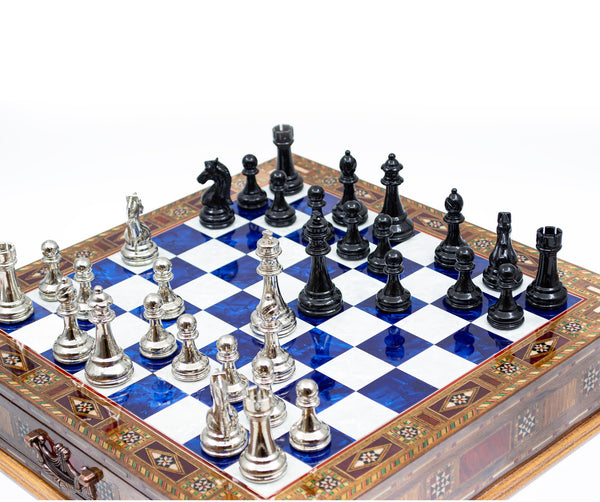
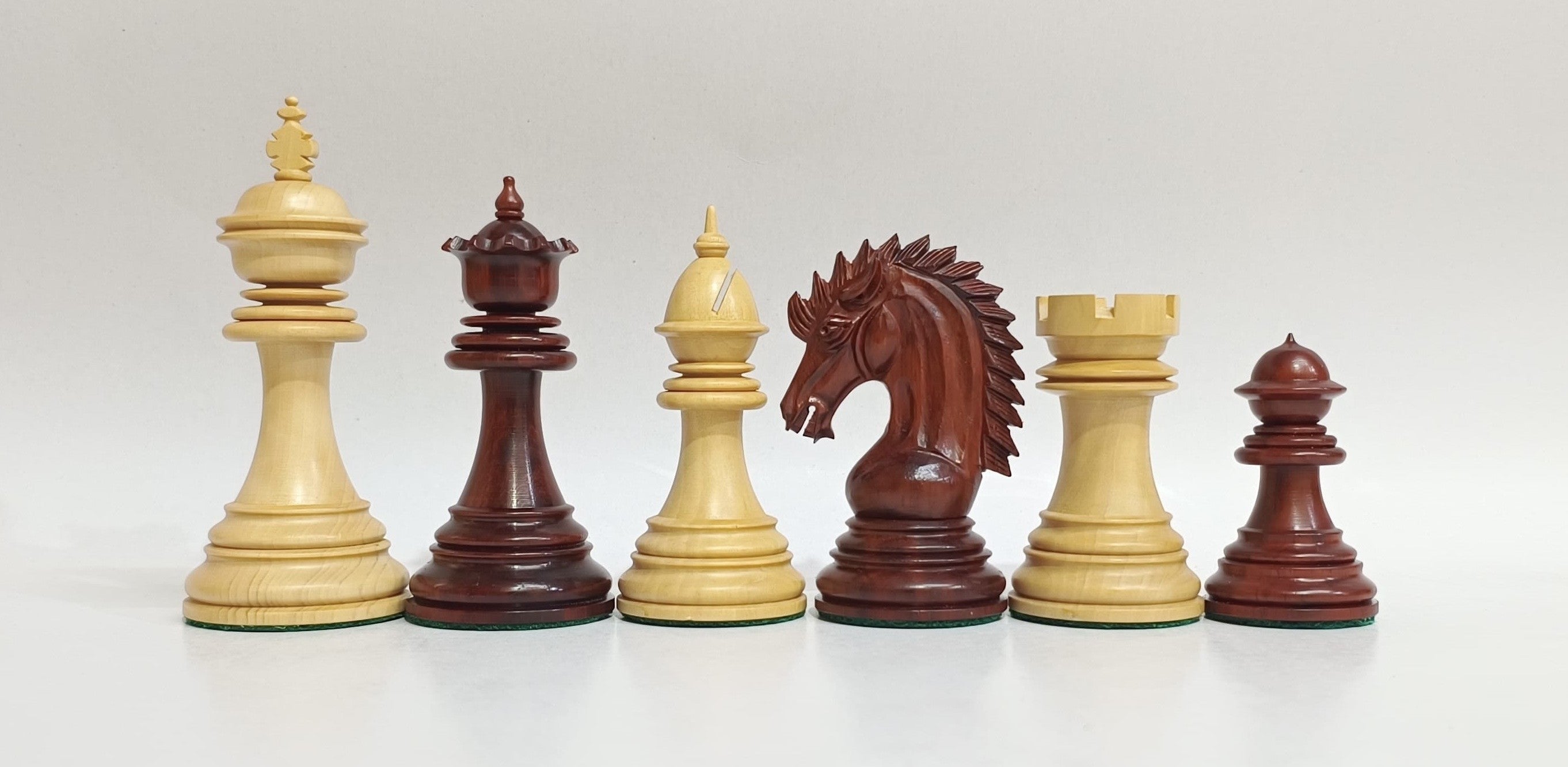
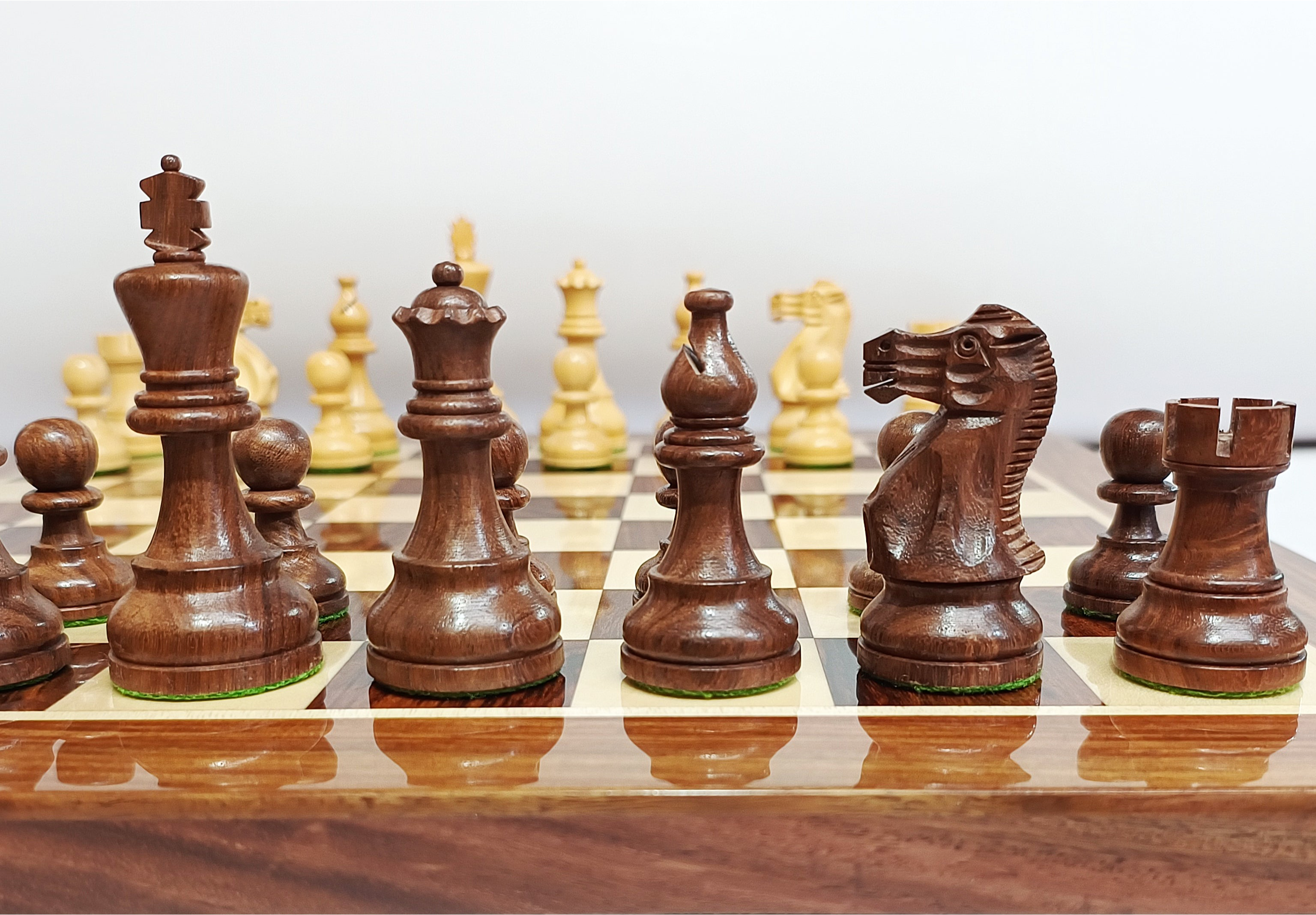
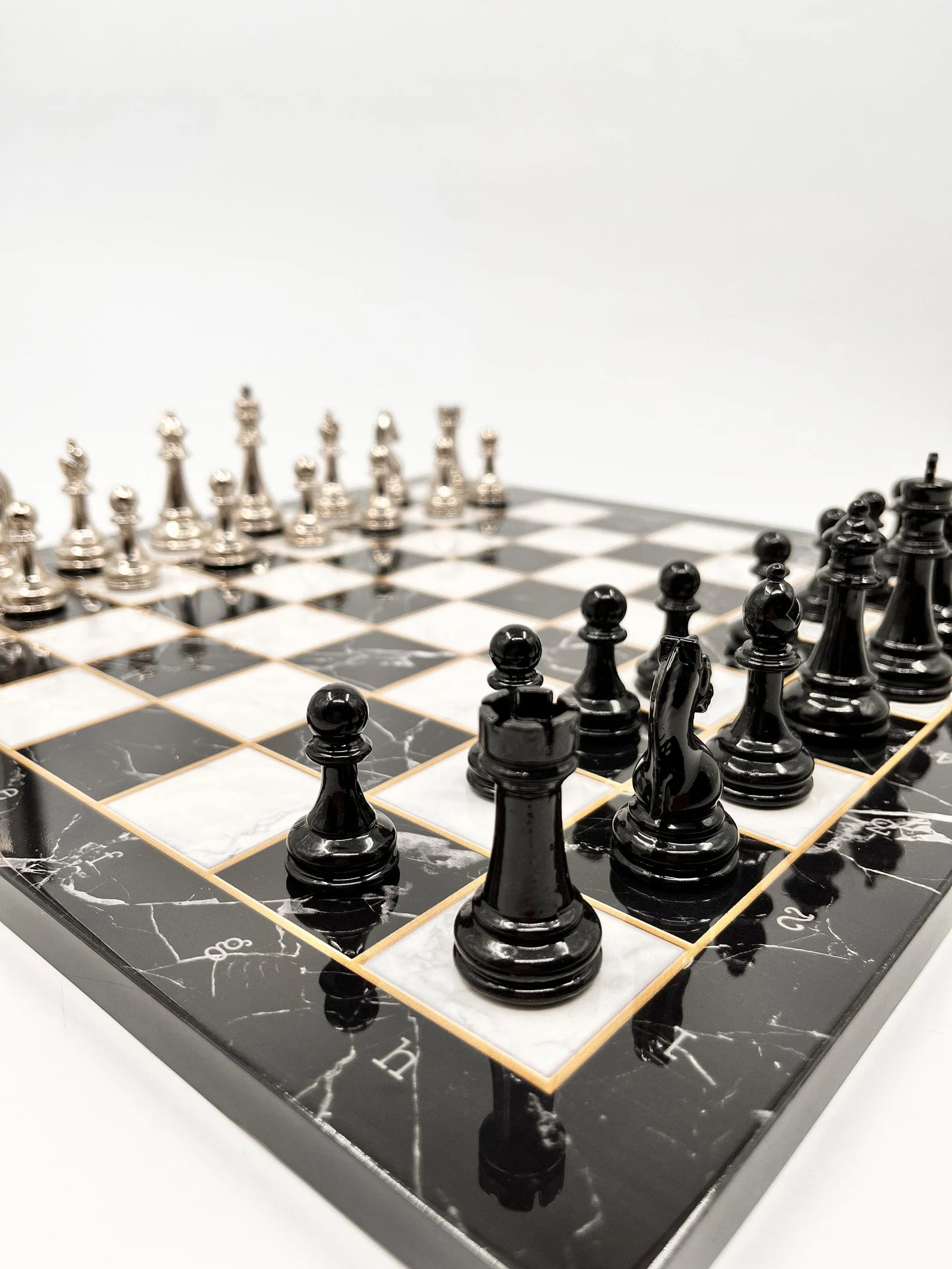
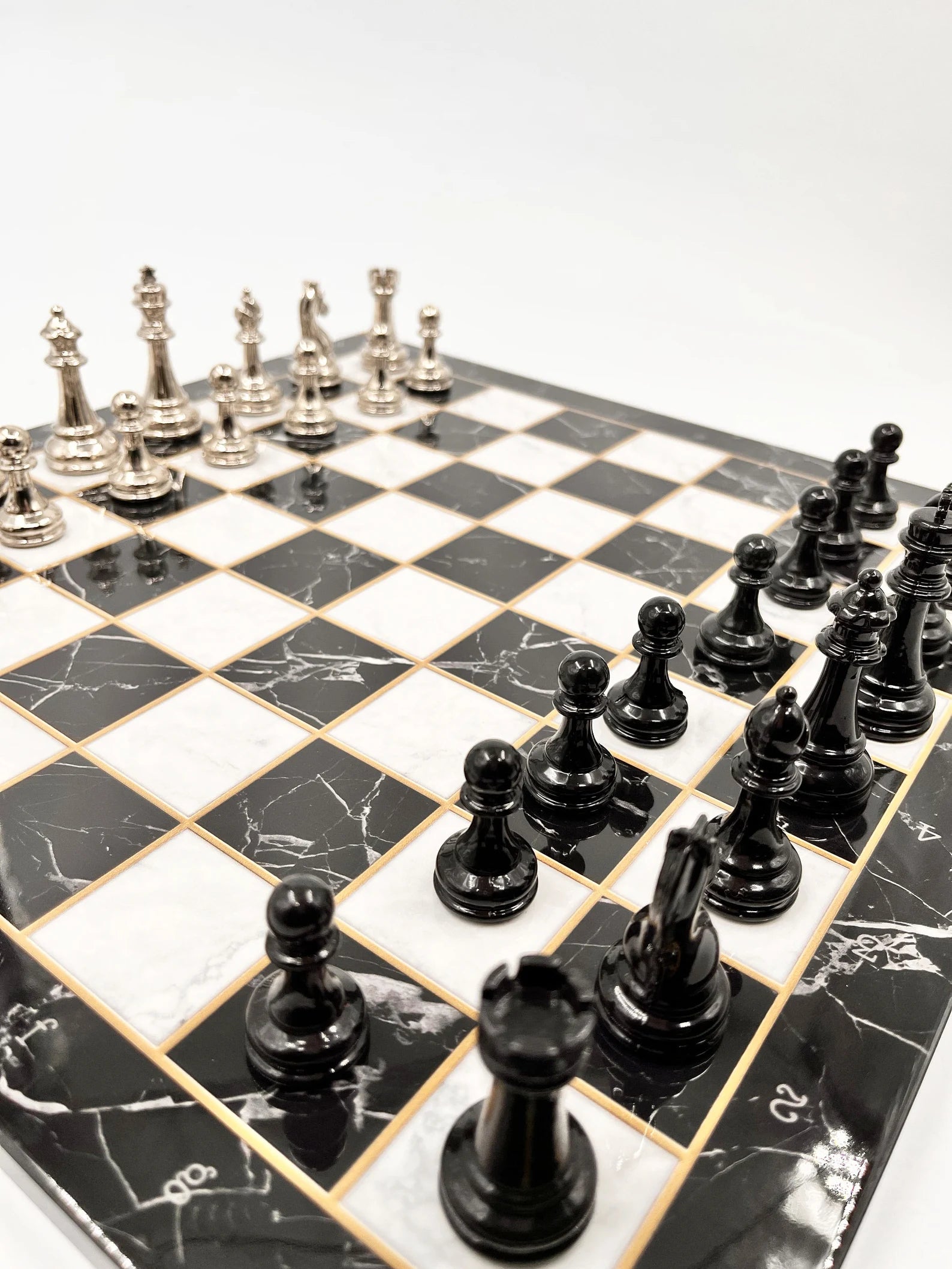
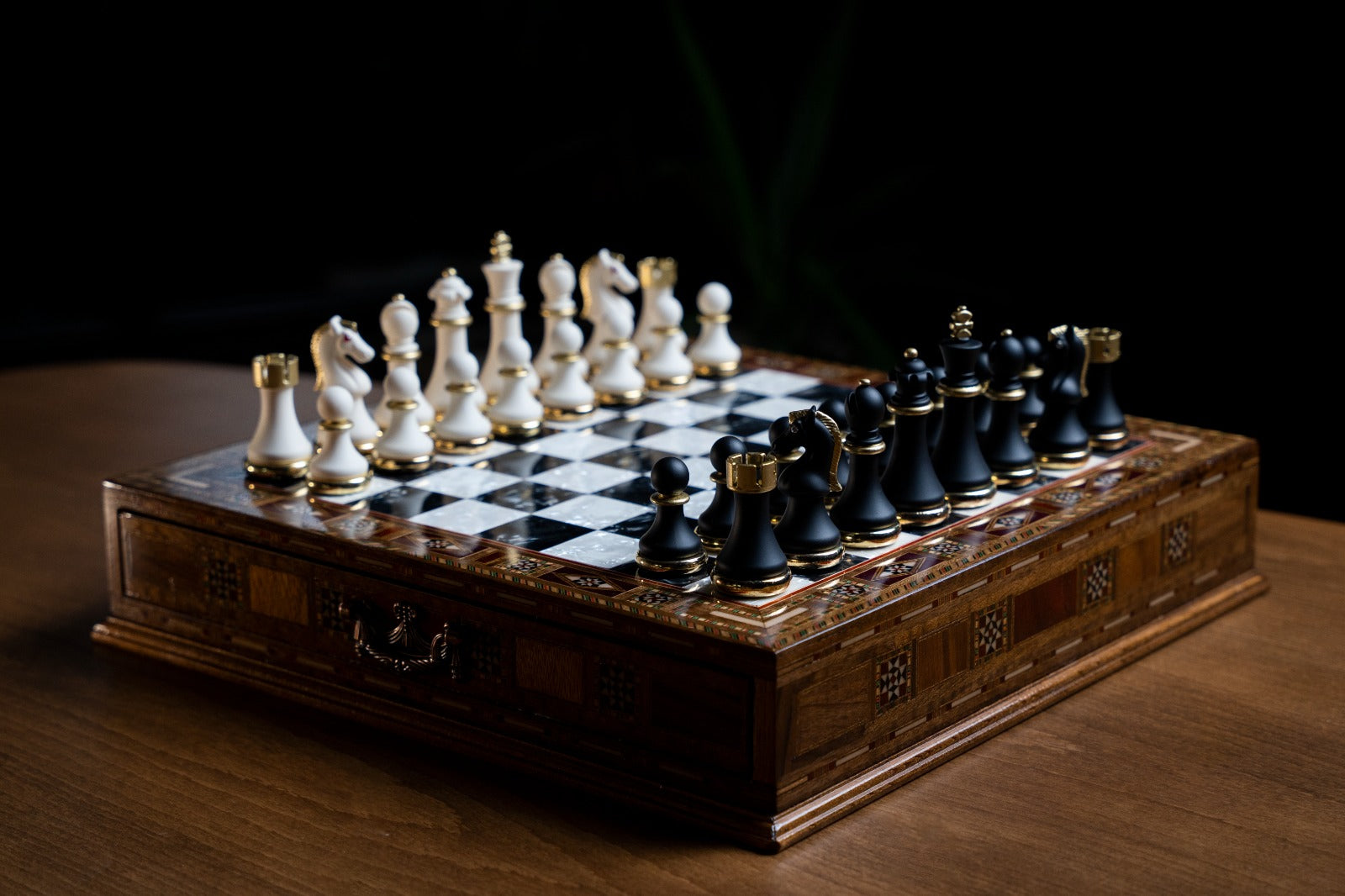
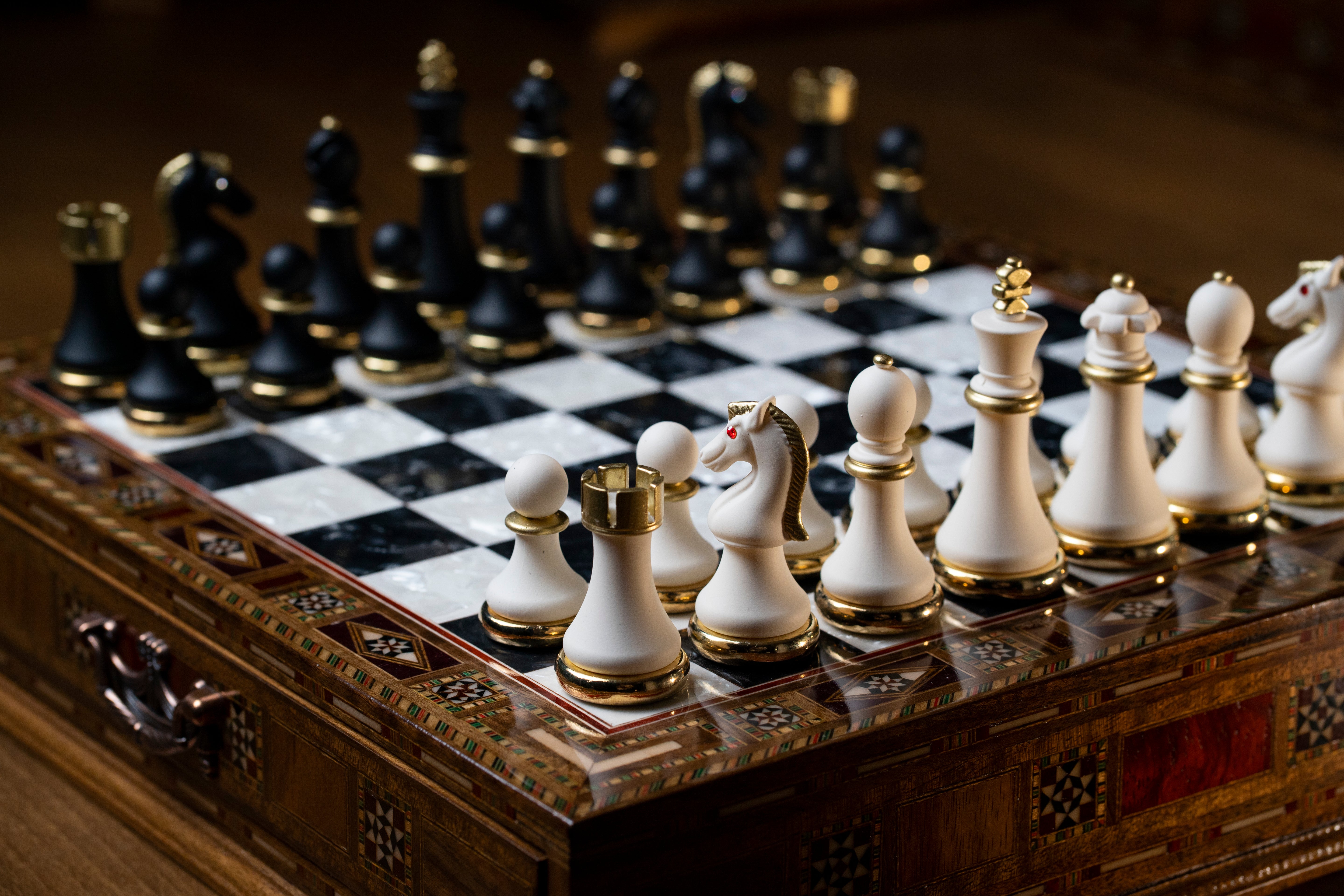
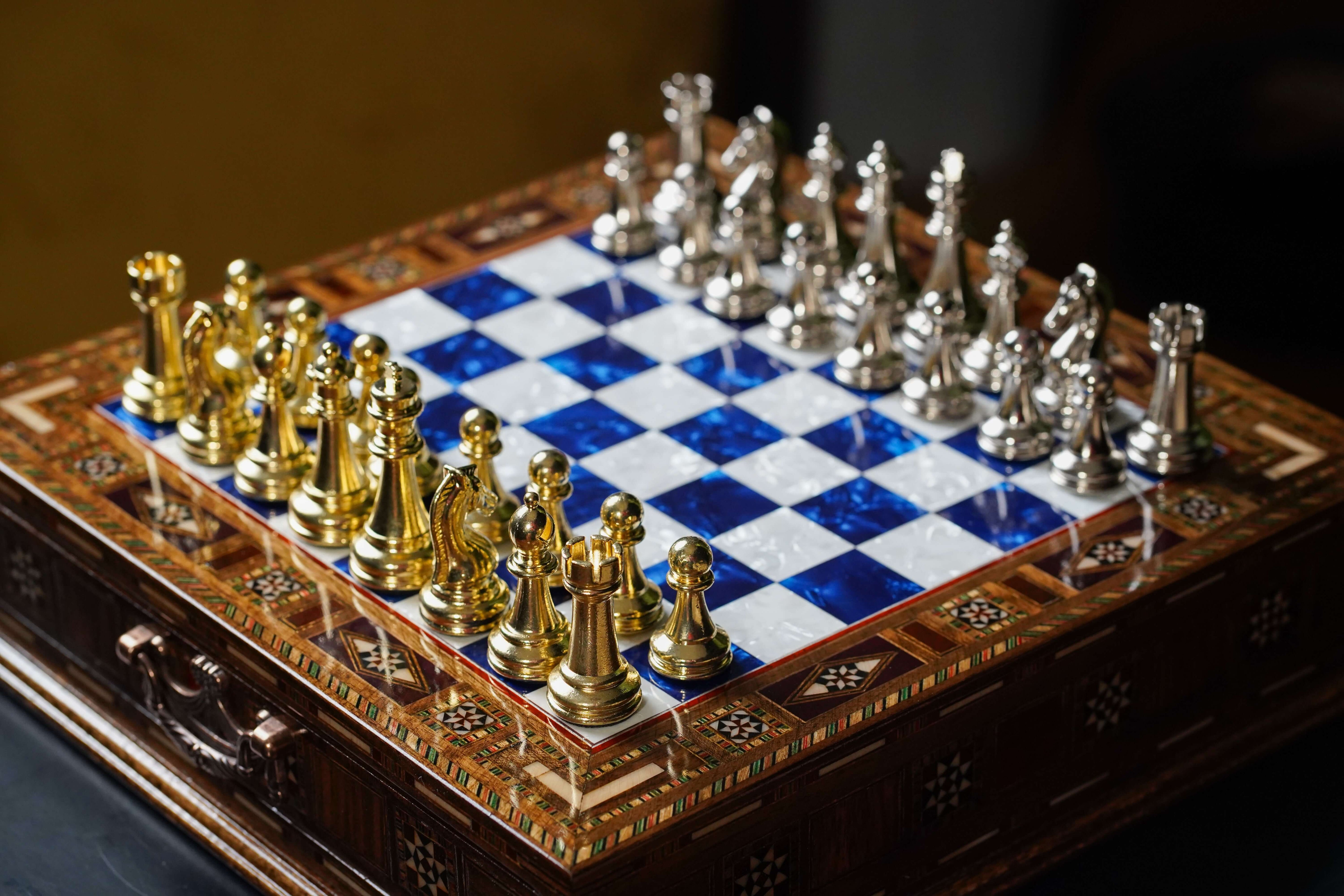
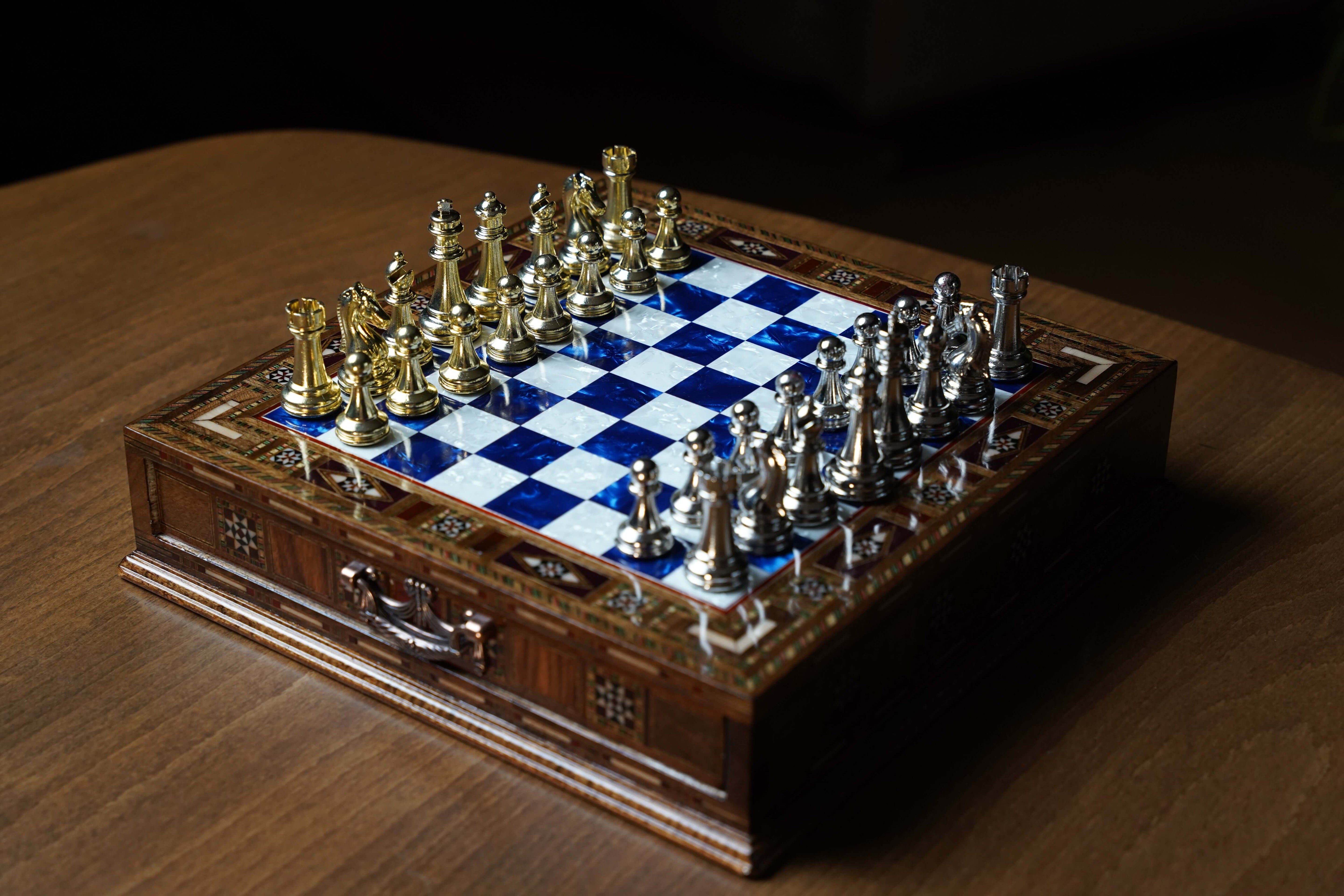
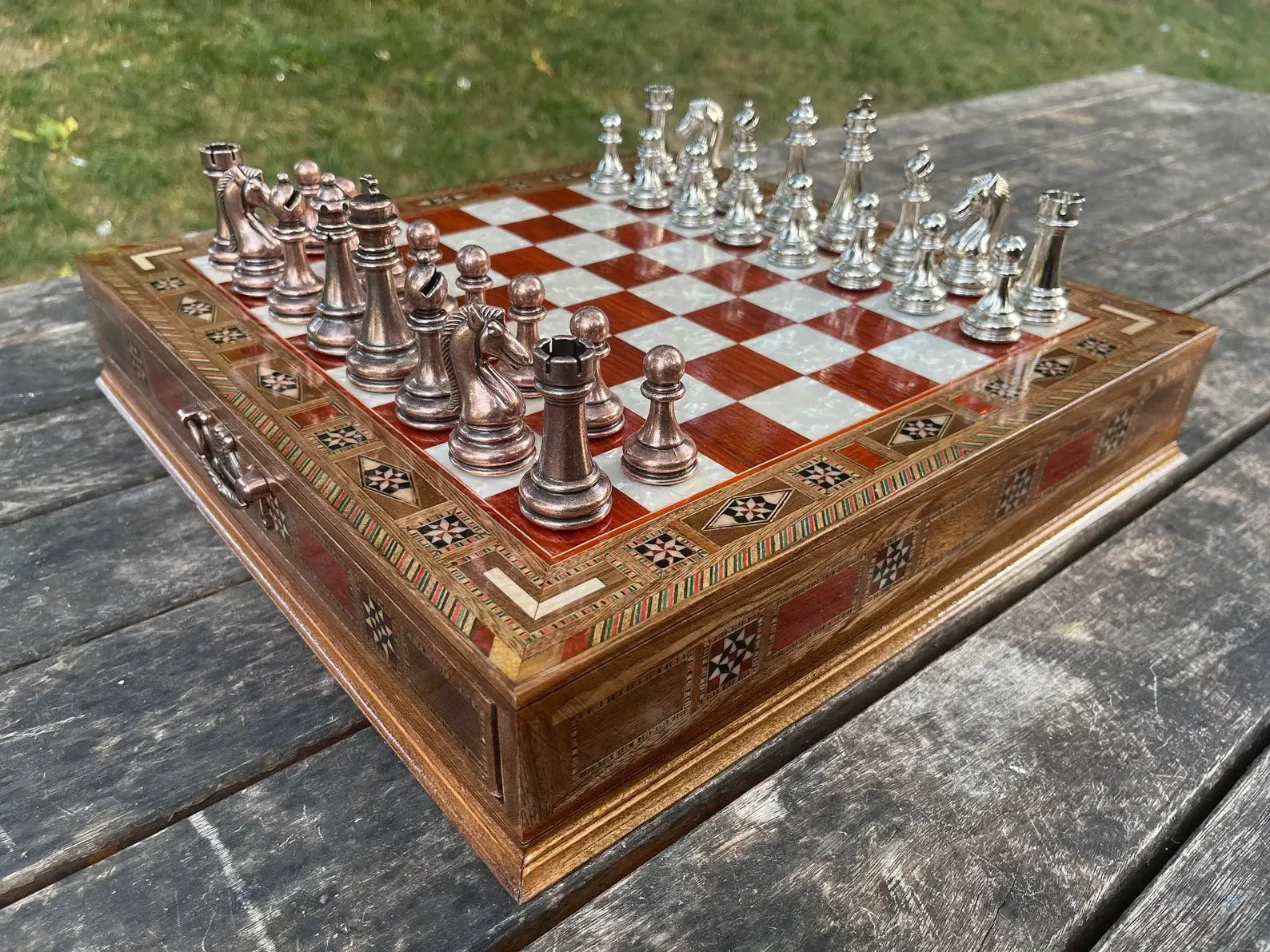
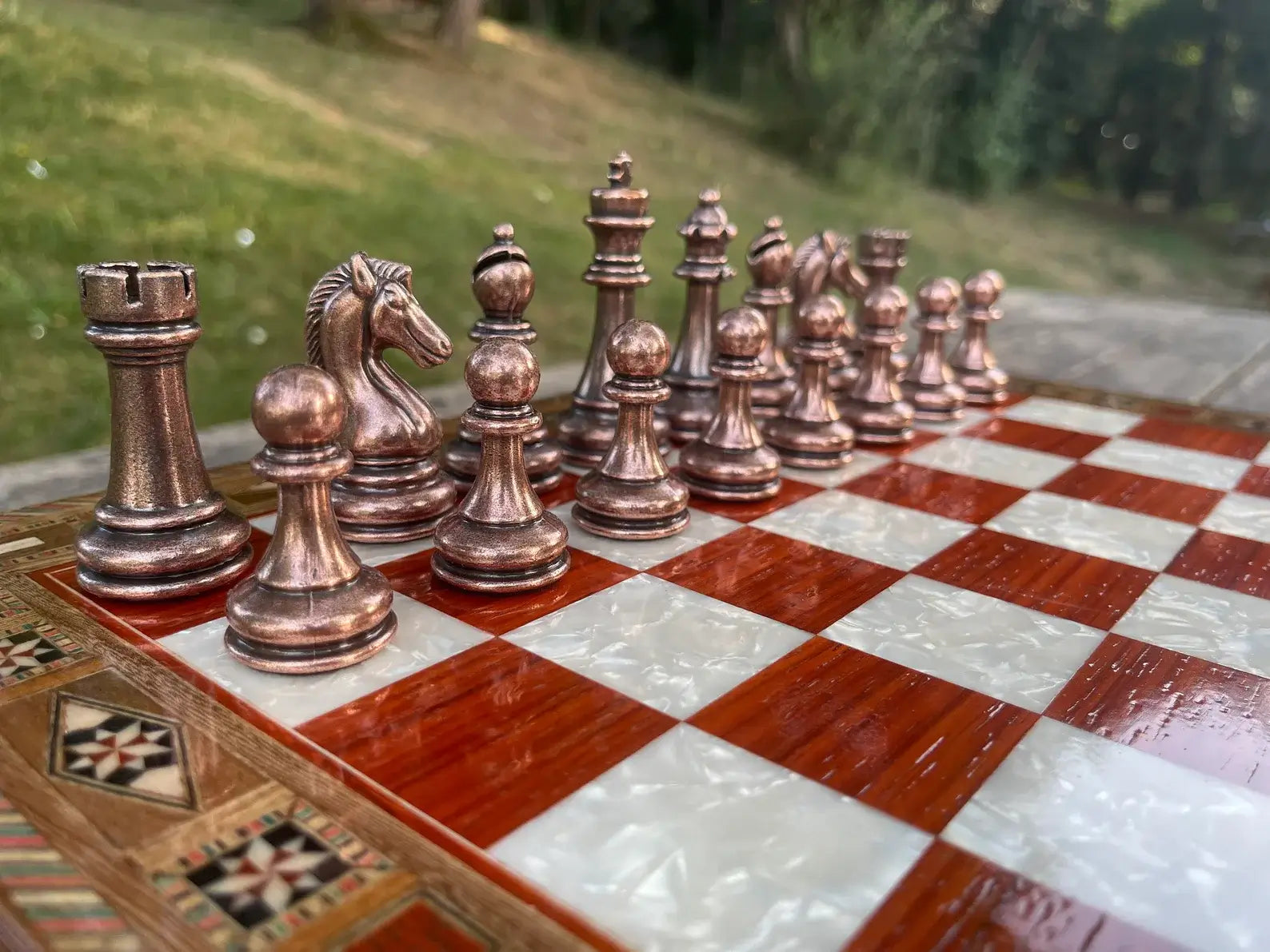
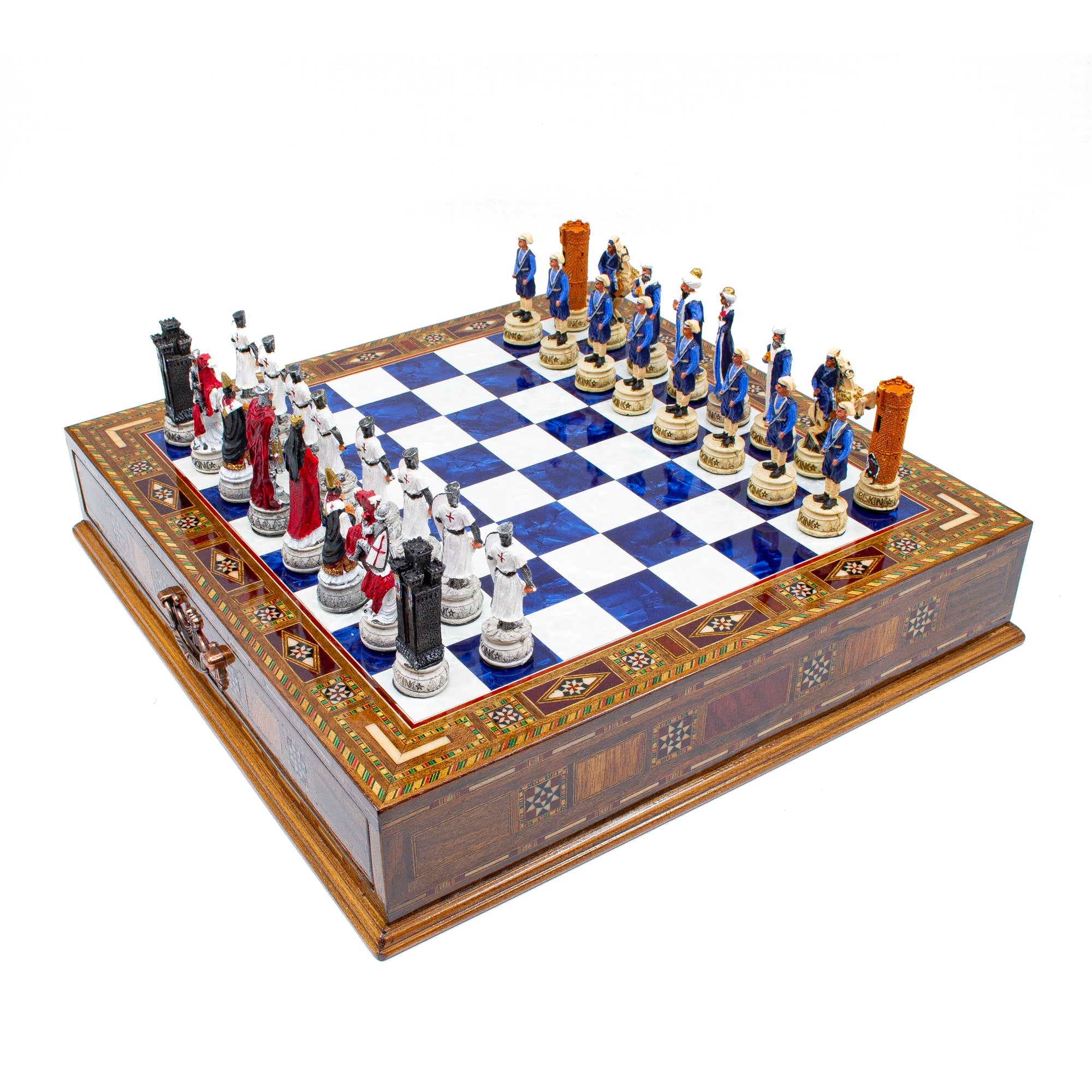
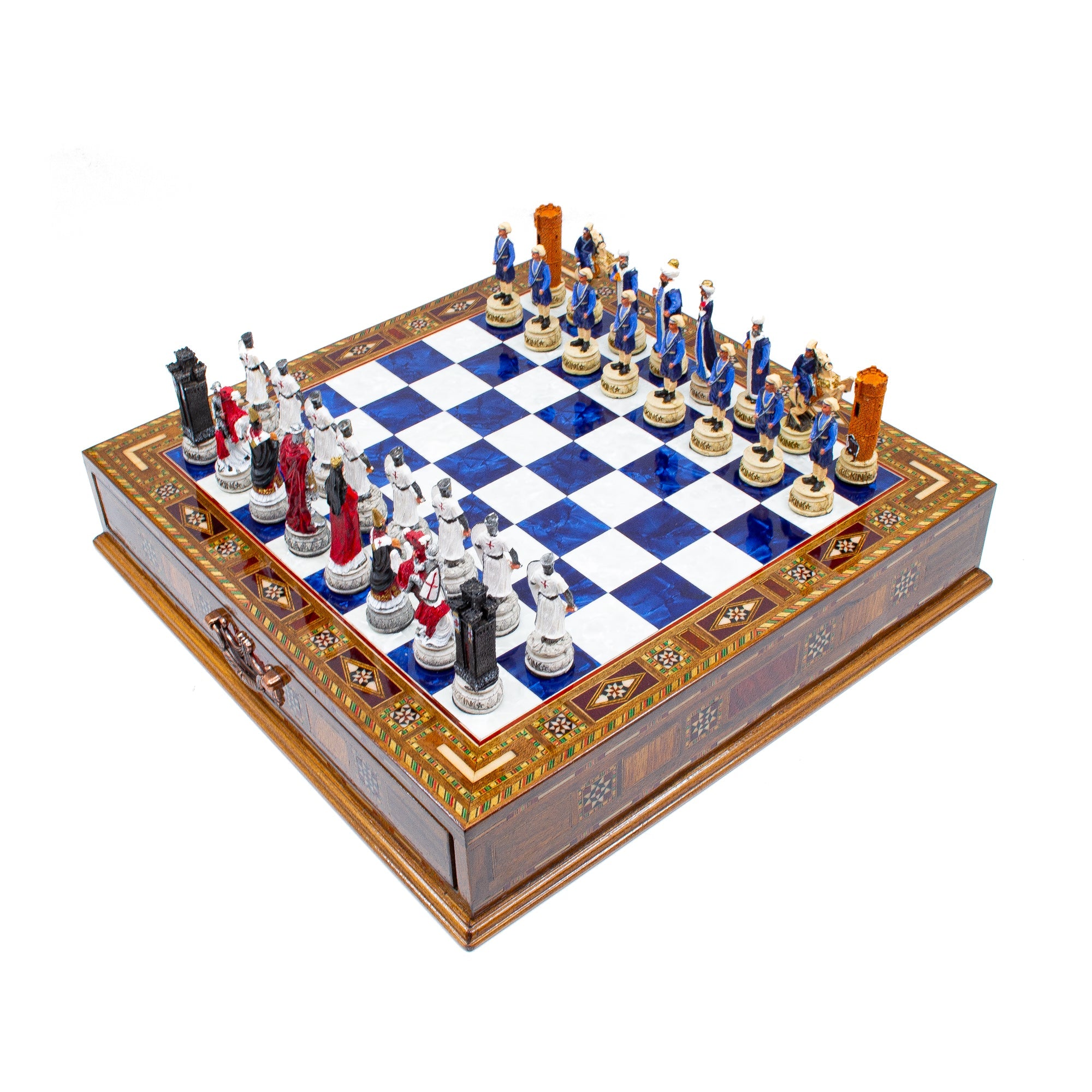
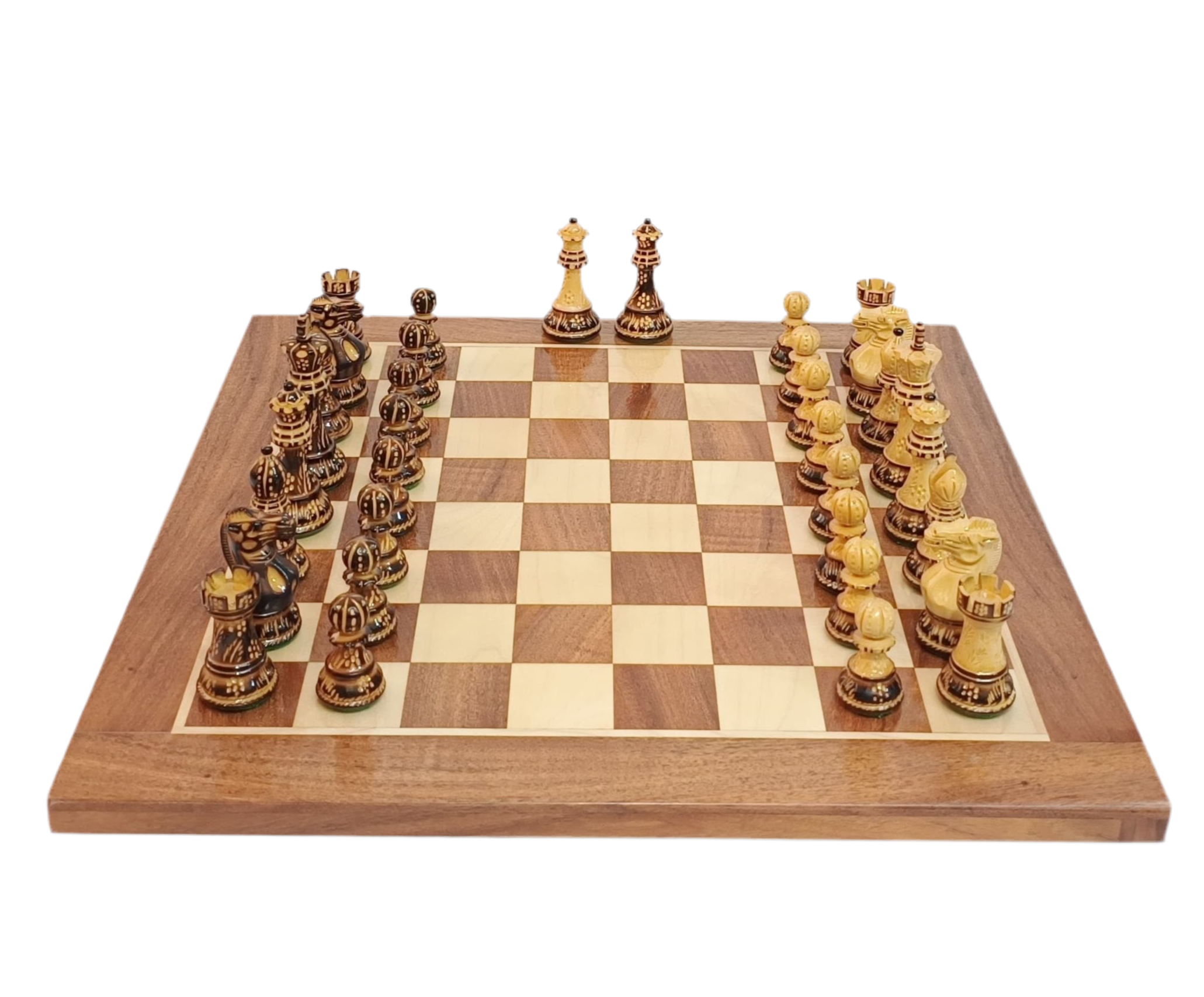
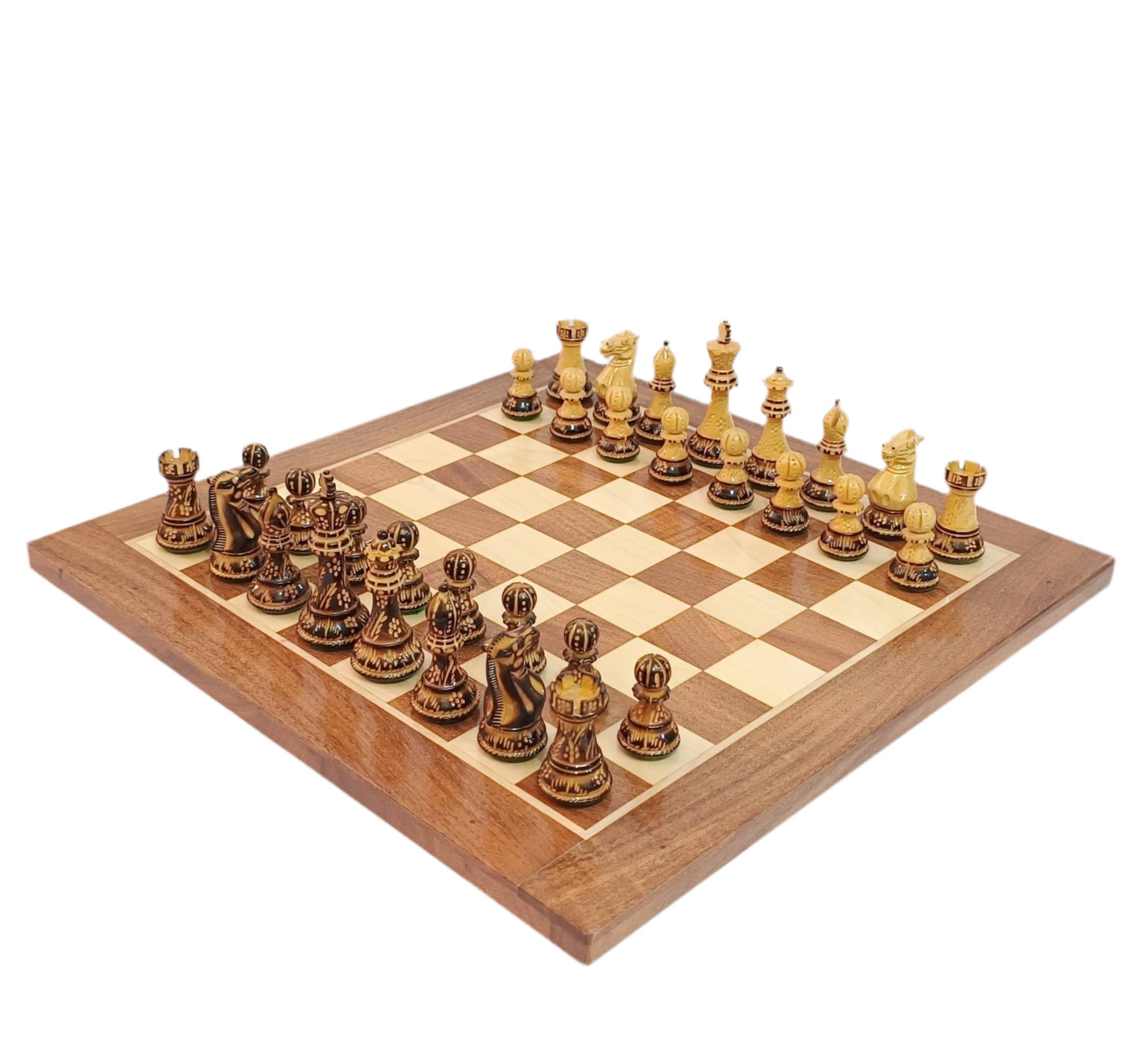
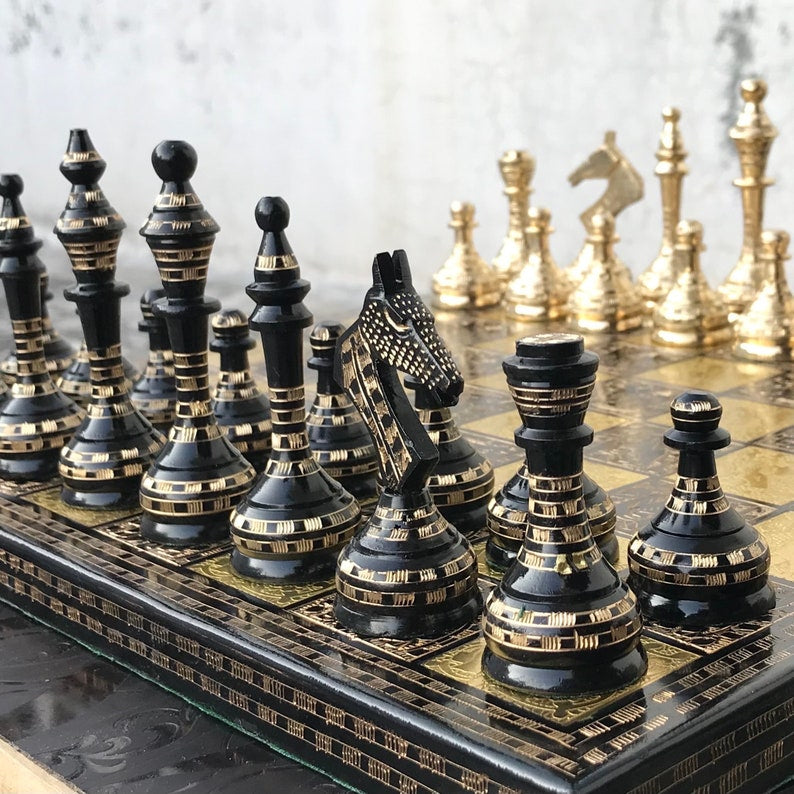
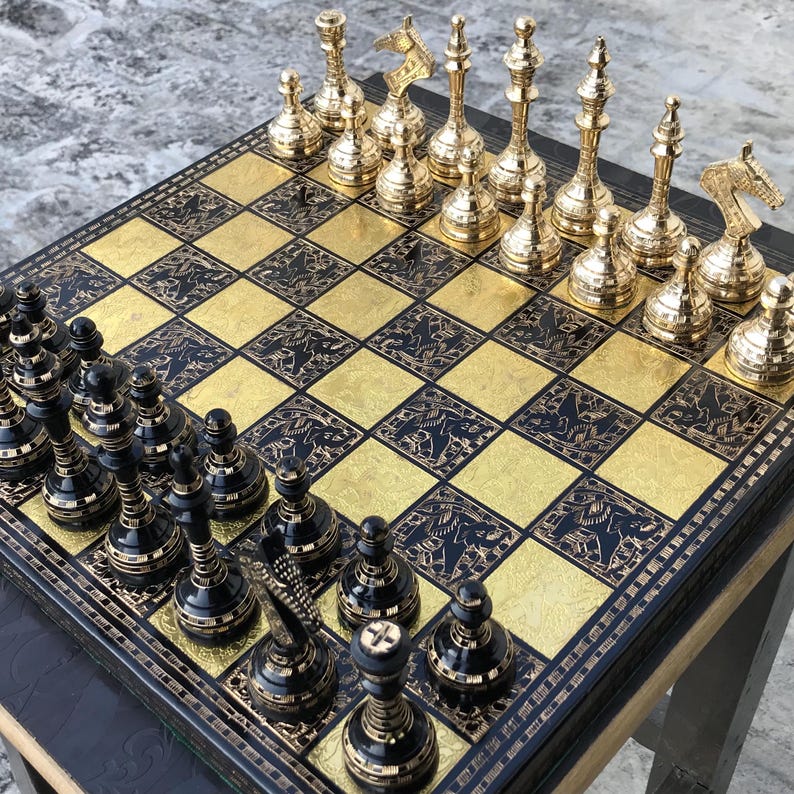


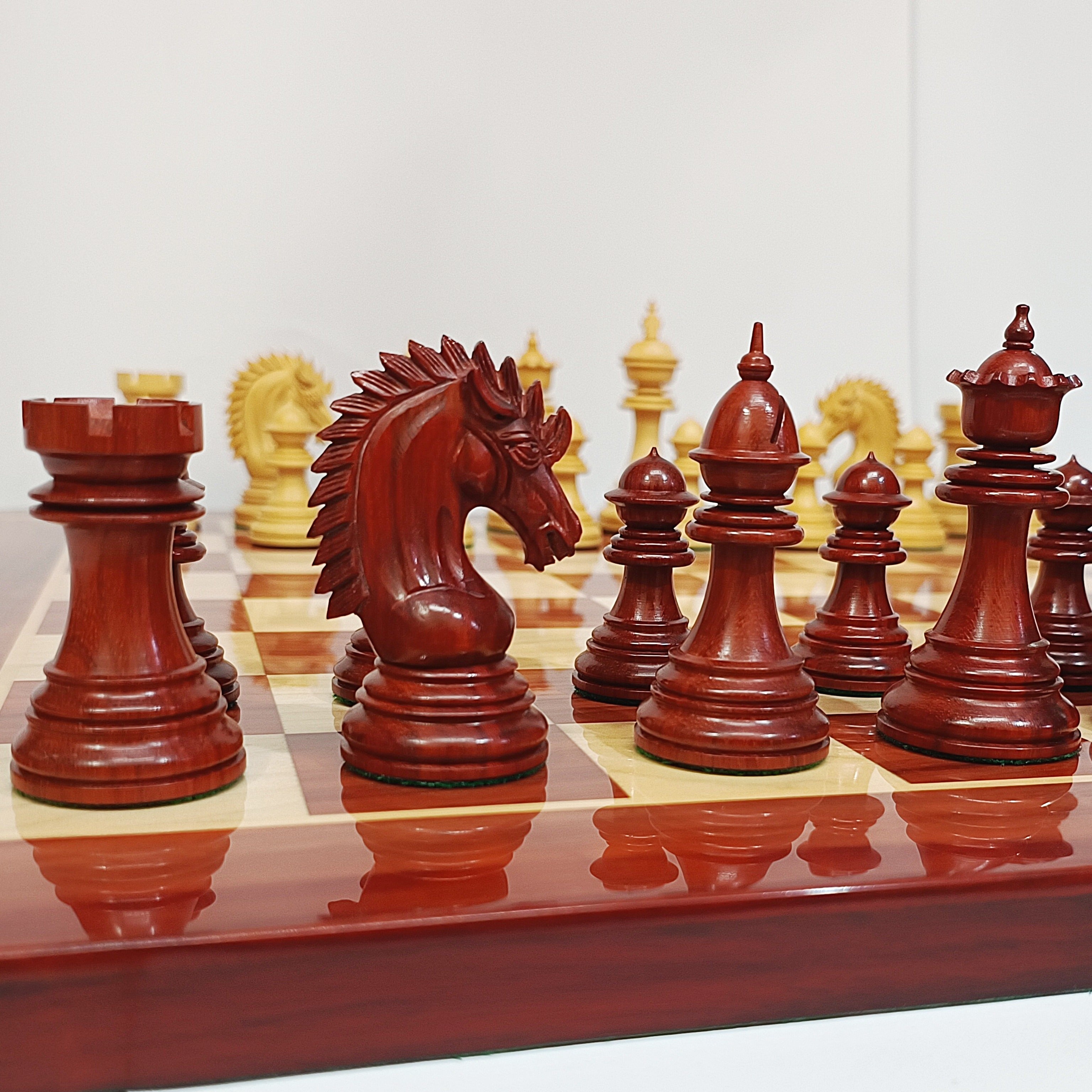
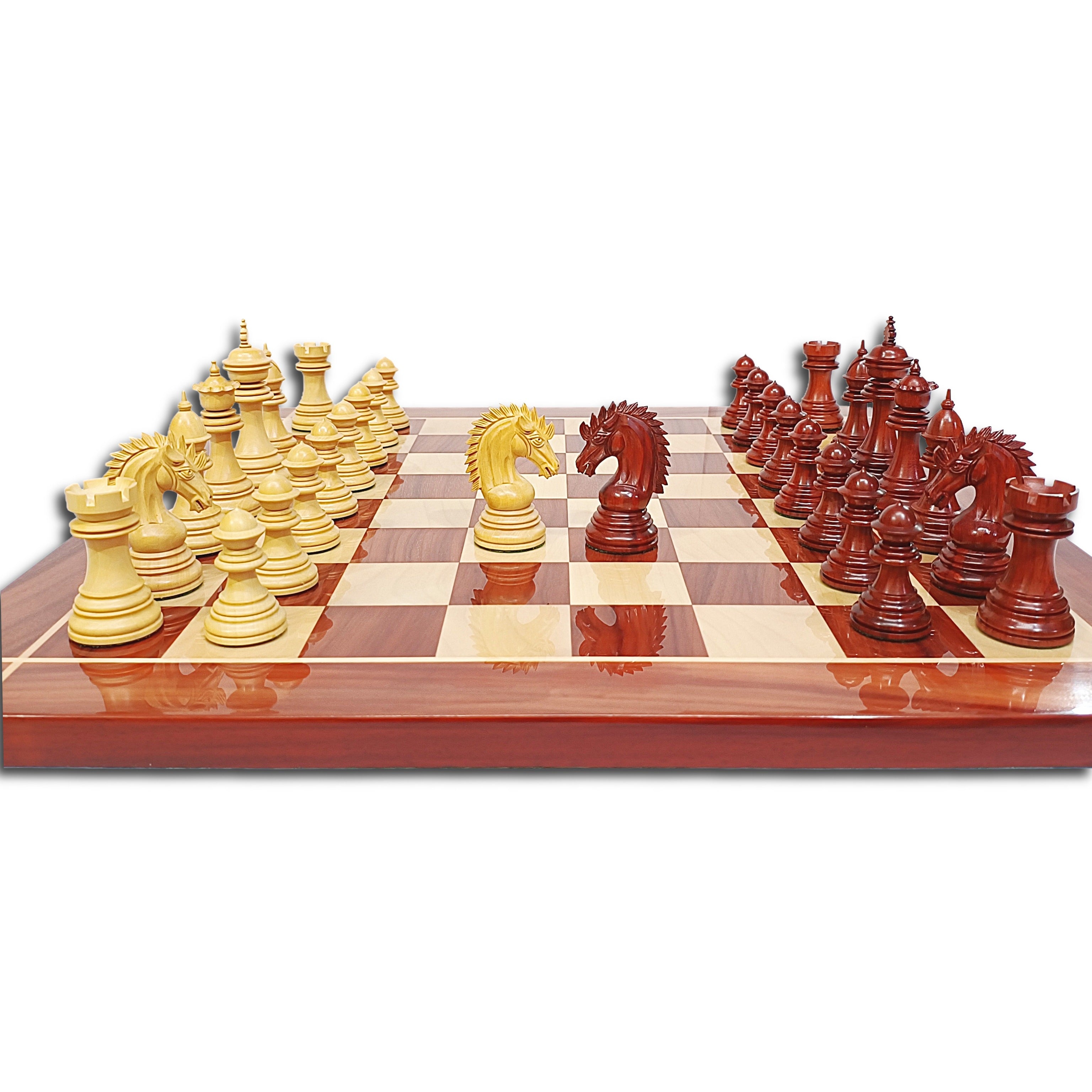
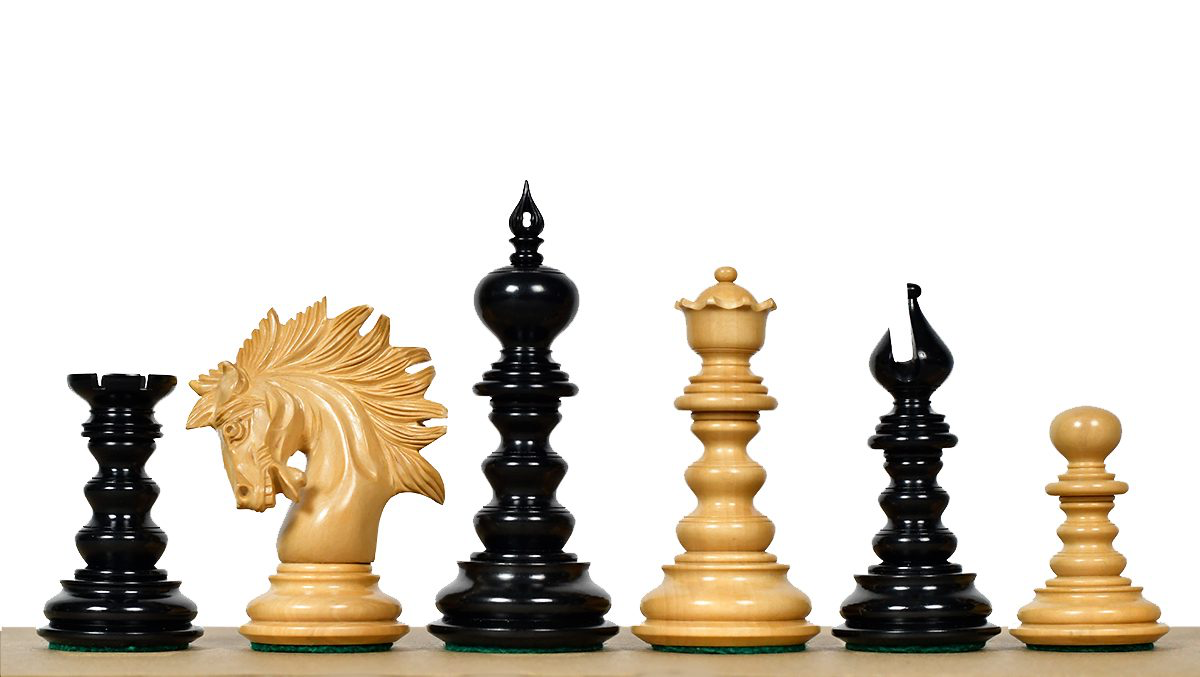
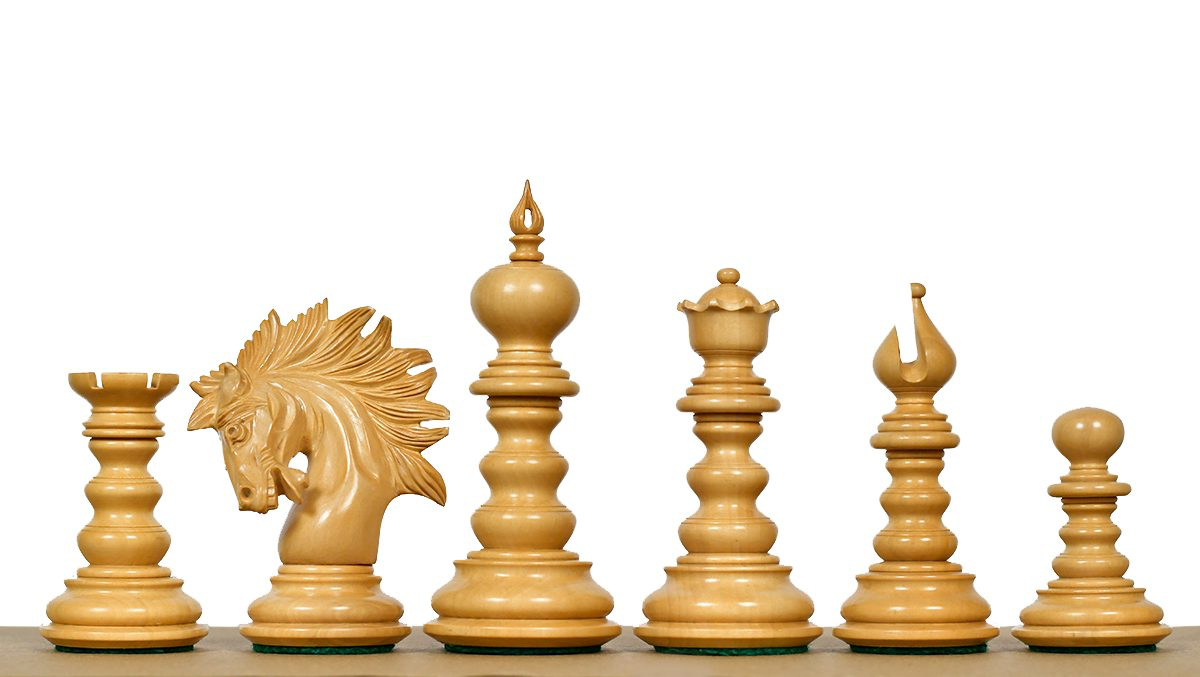
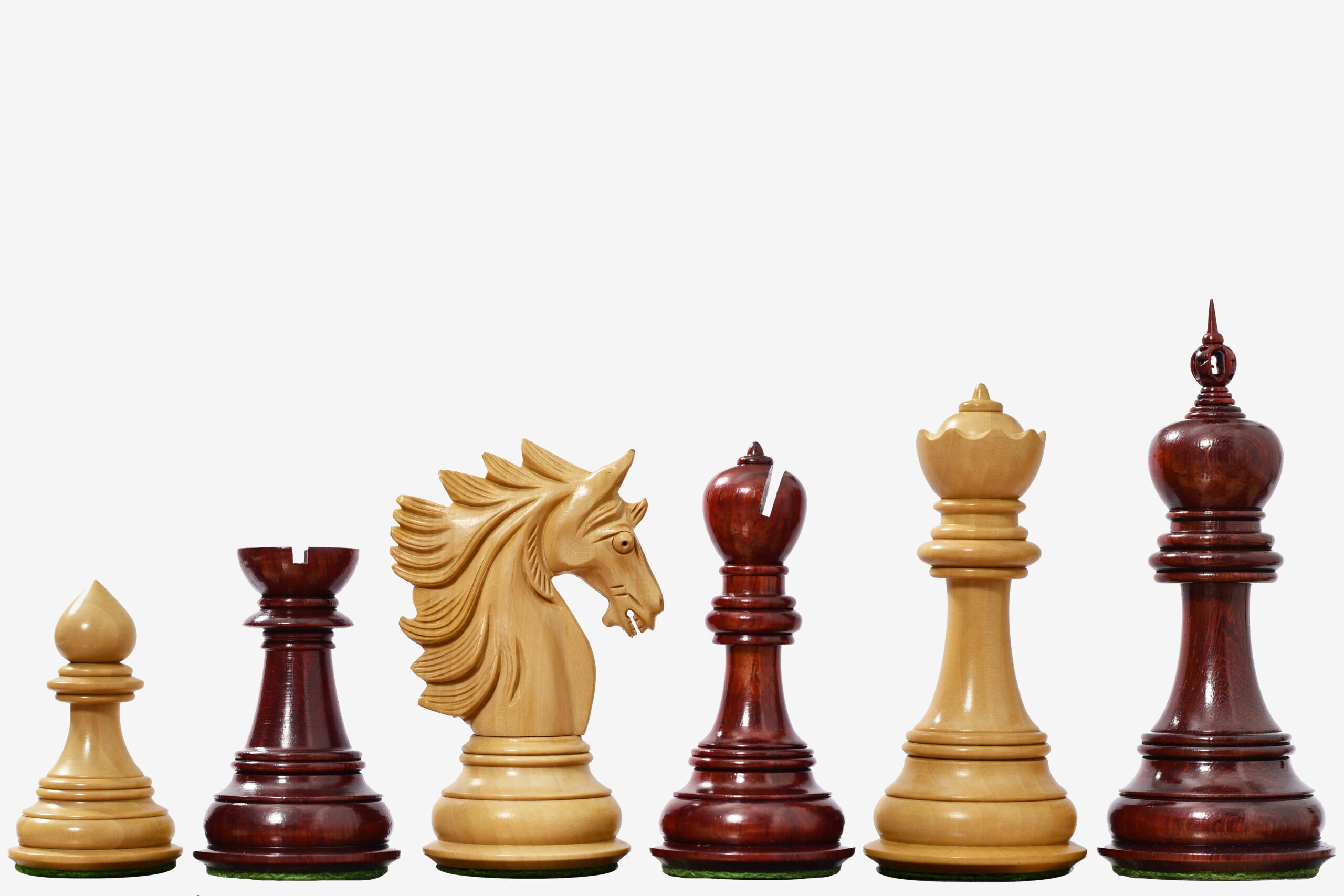
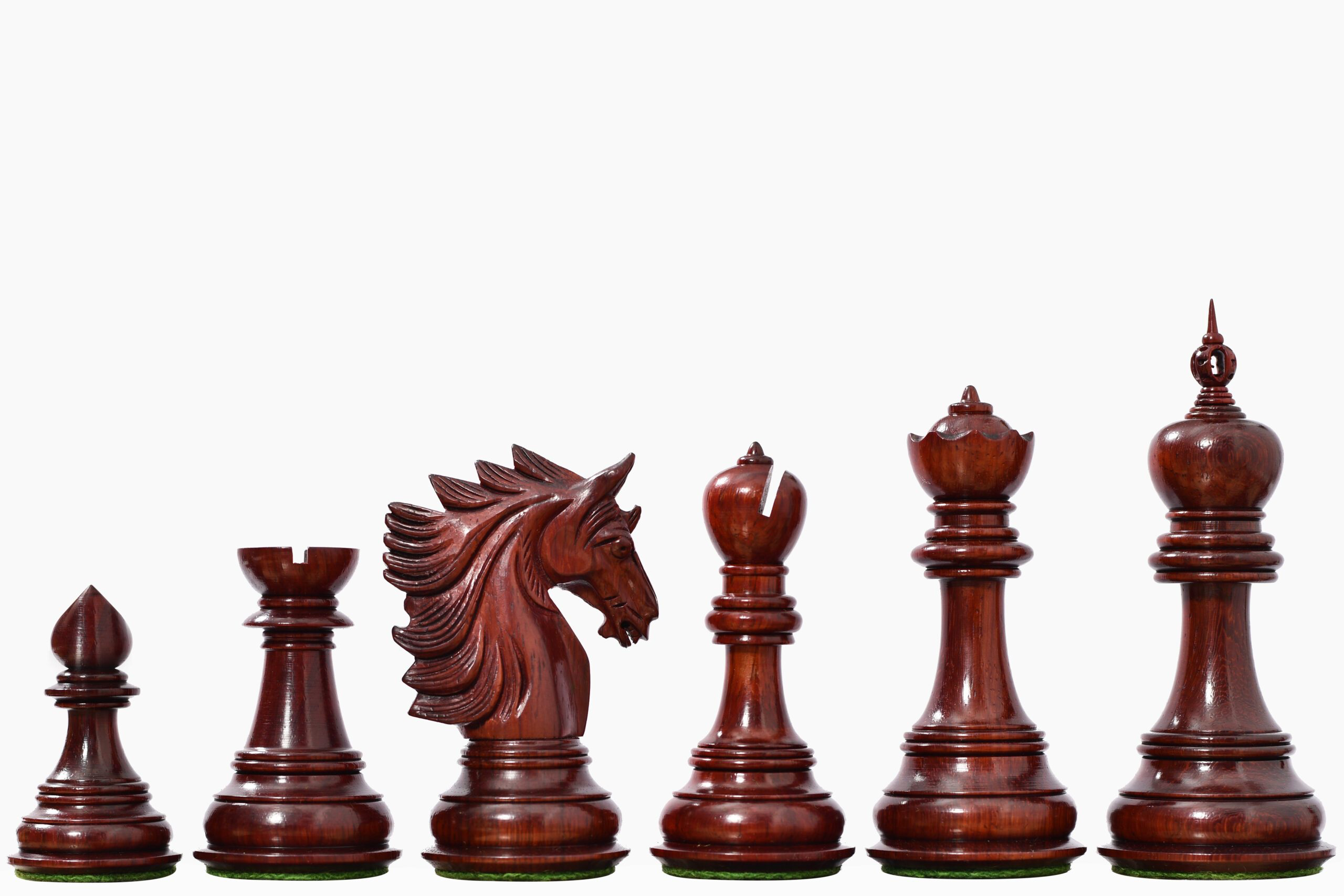
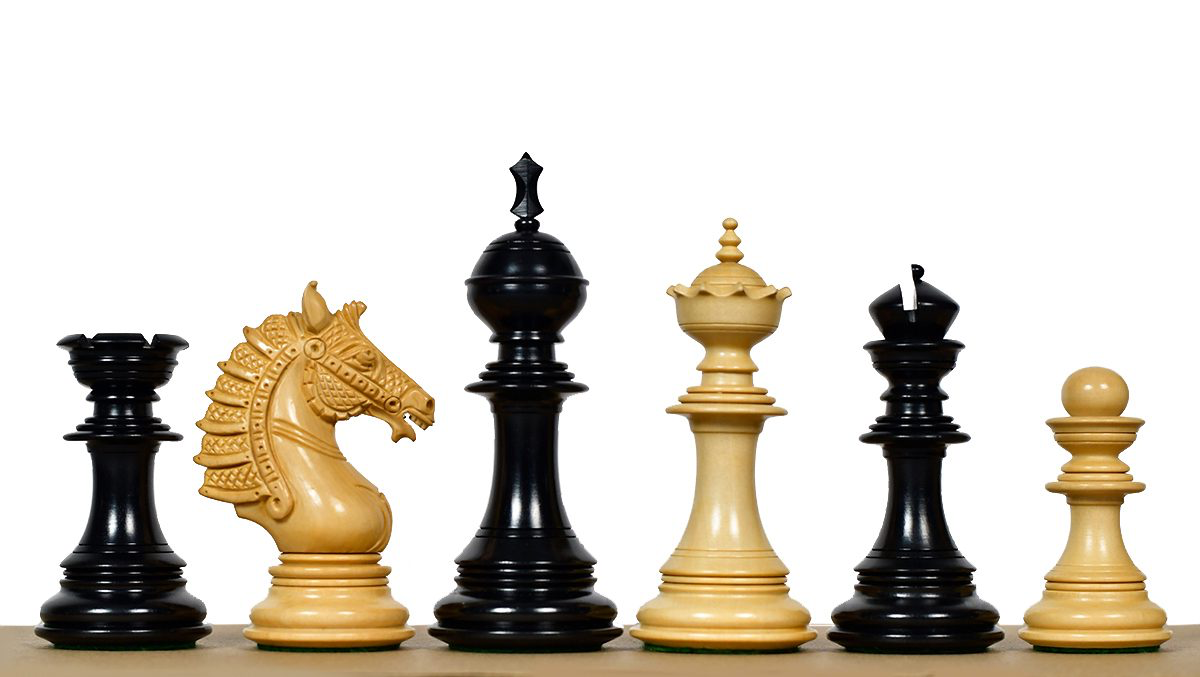
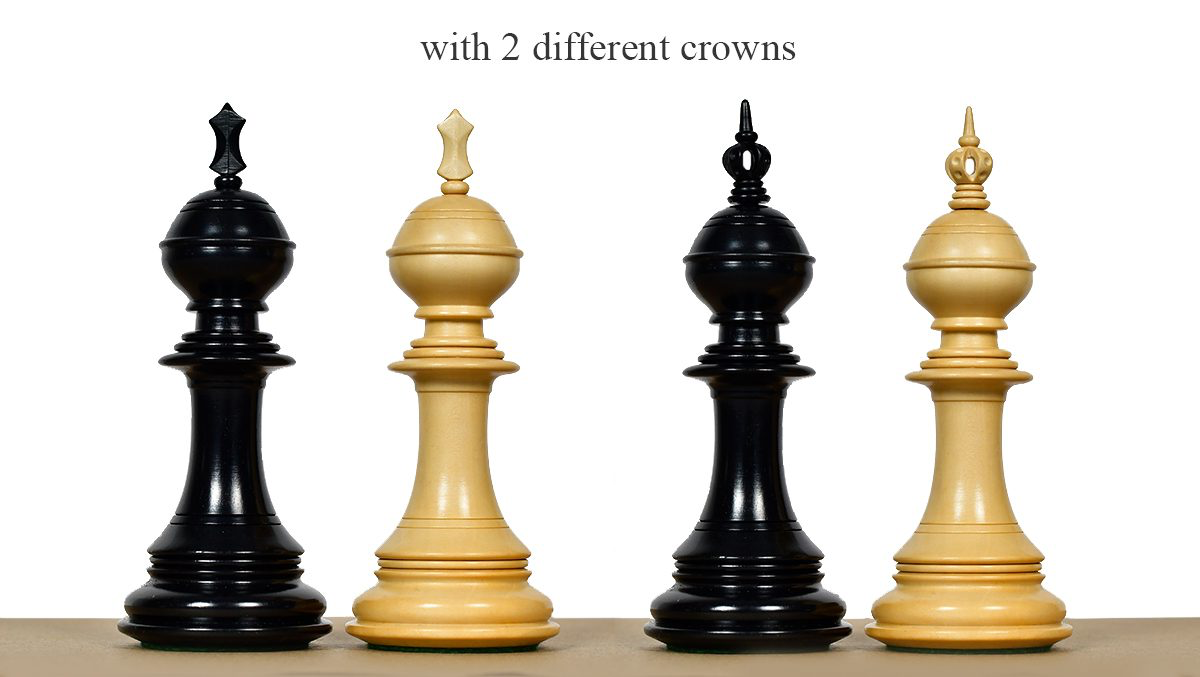
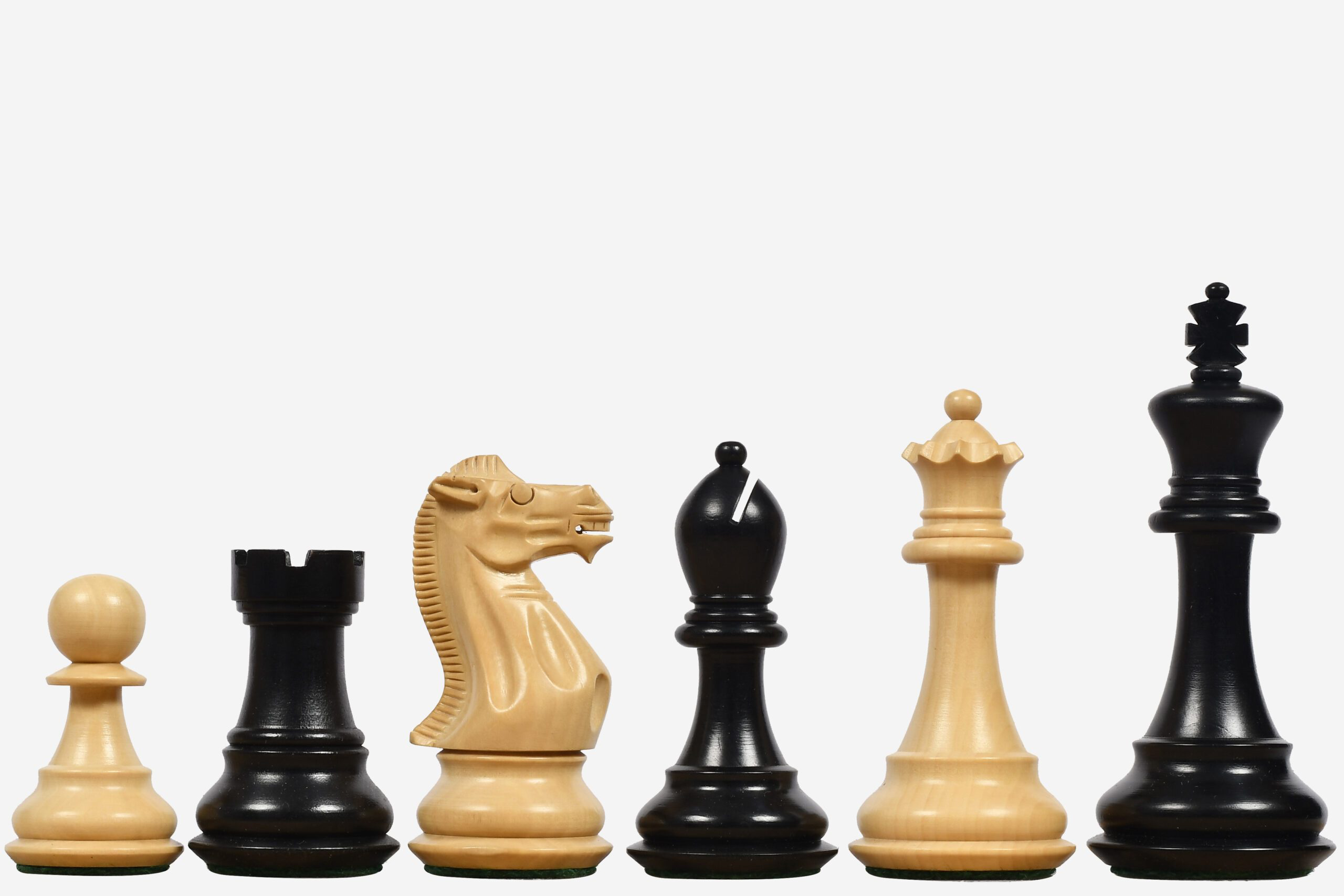
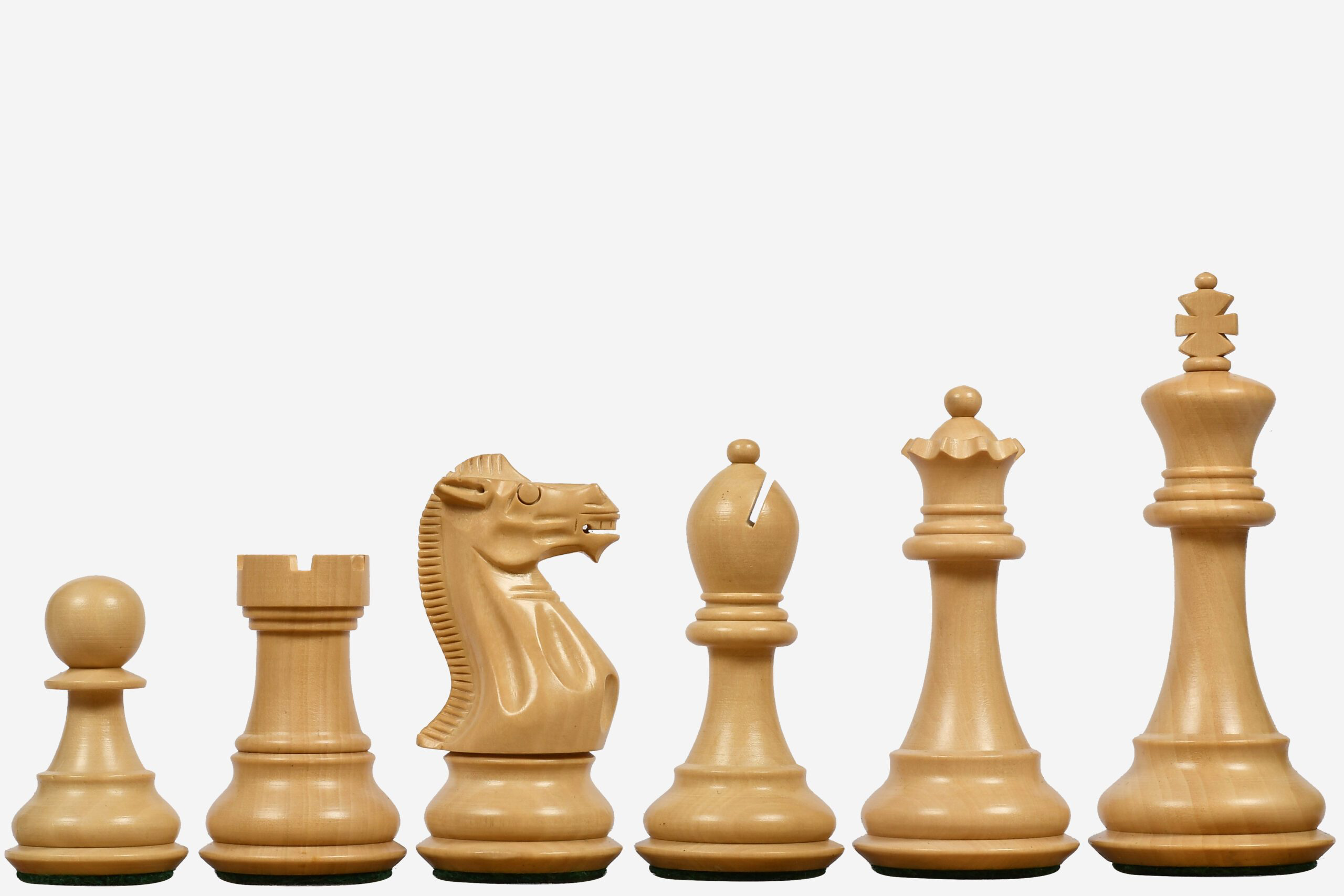
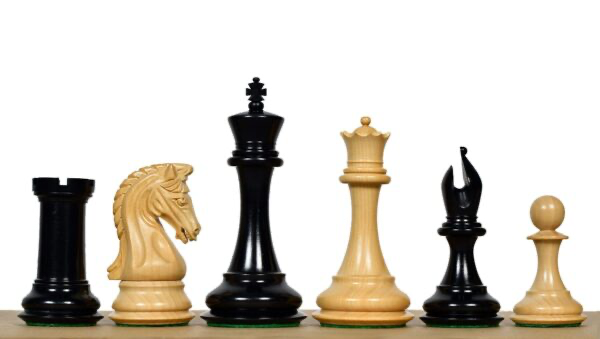
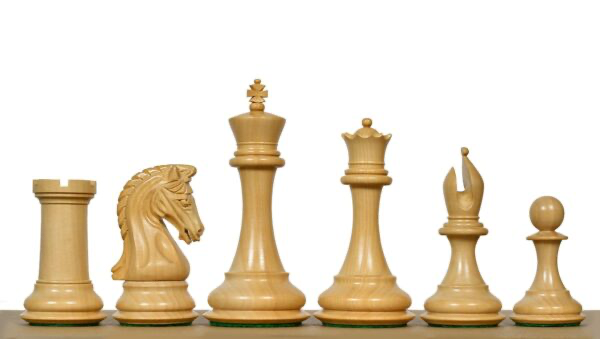
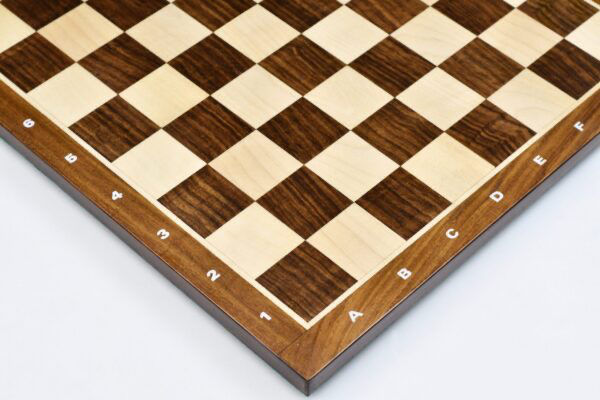
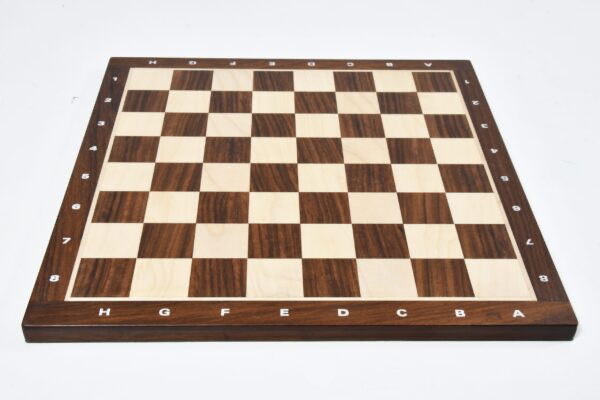
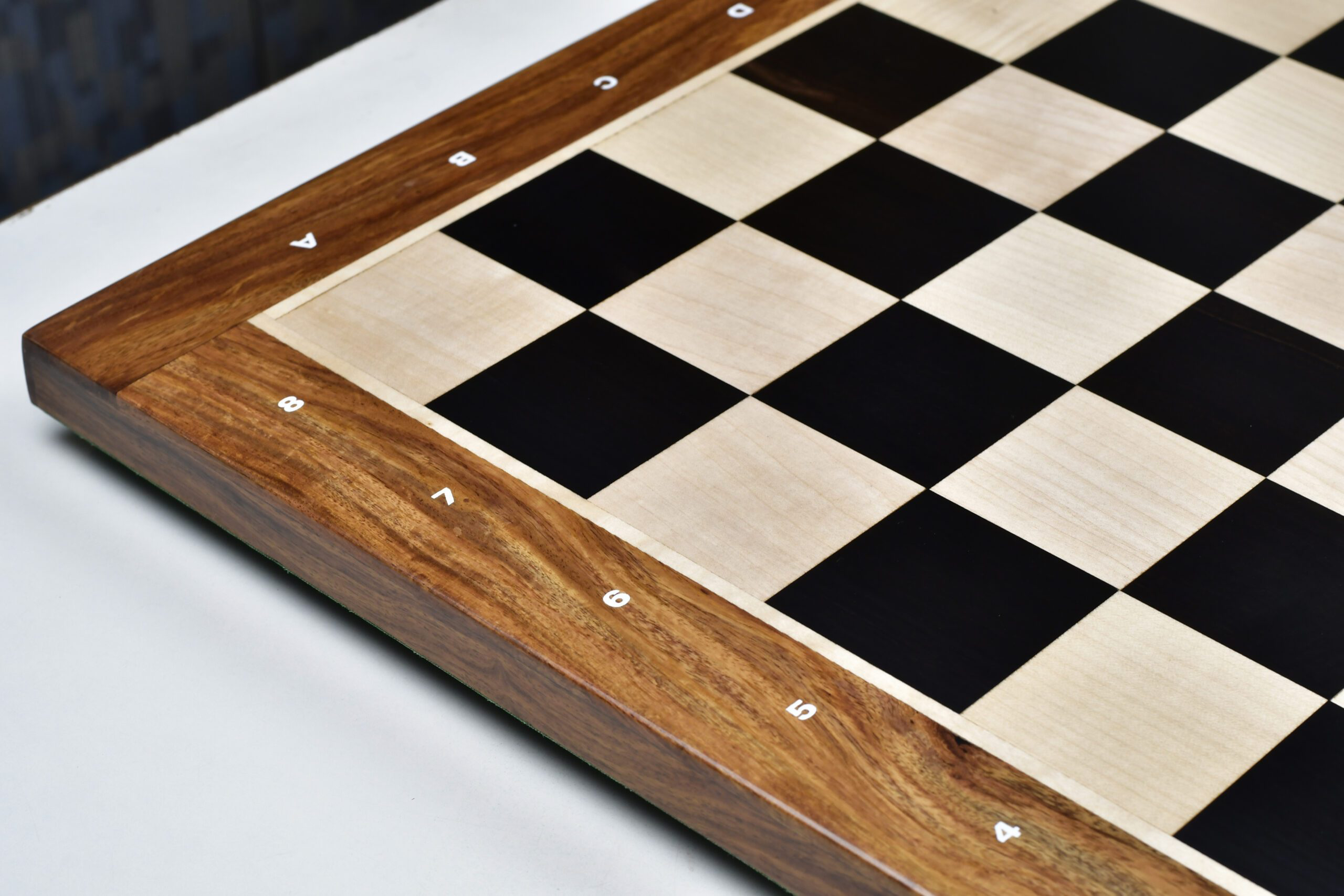
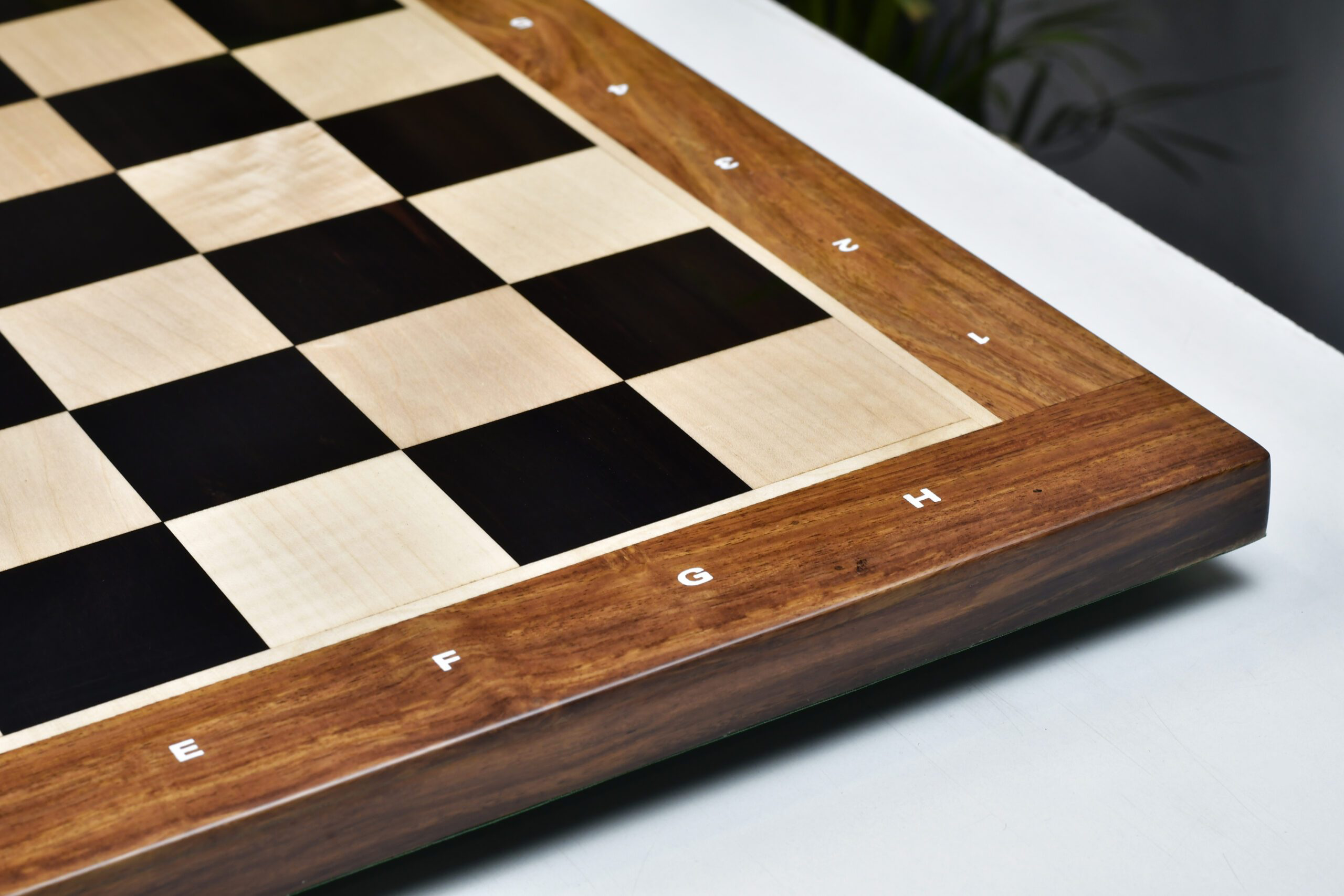


Leave a comment
All comments are moderated before being published.
This site is protected by hCaptcha and the hCaptcha Privacy Policy and Terms of Service apply.